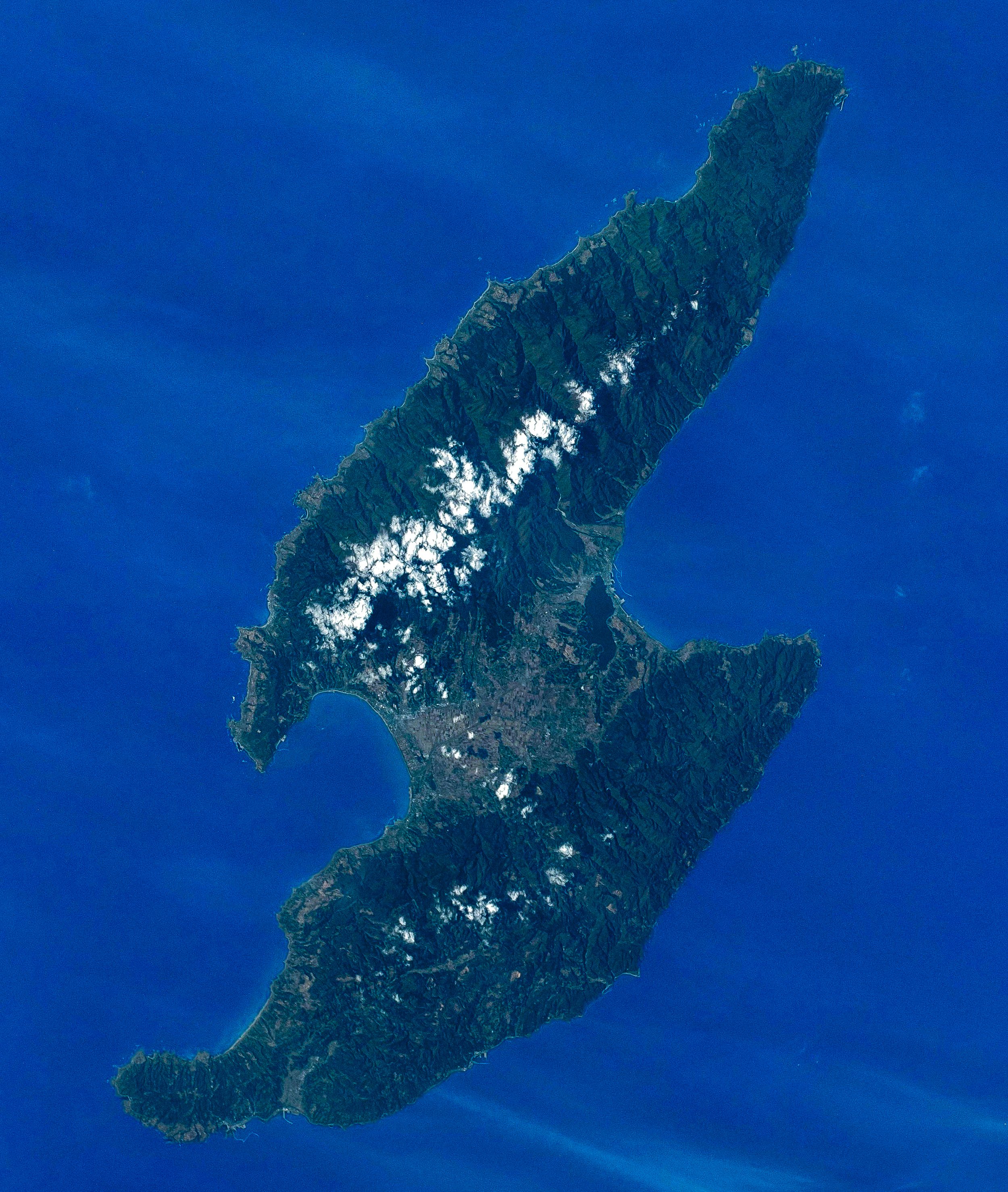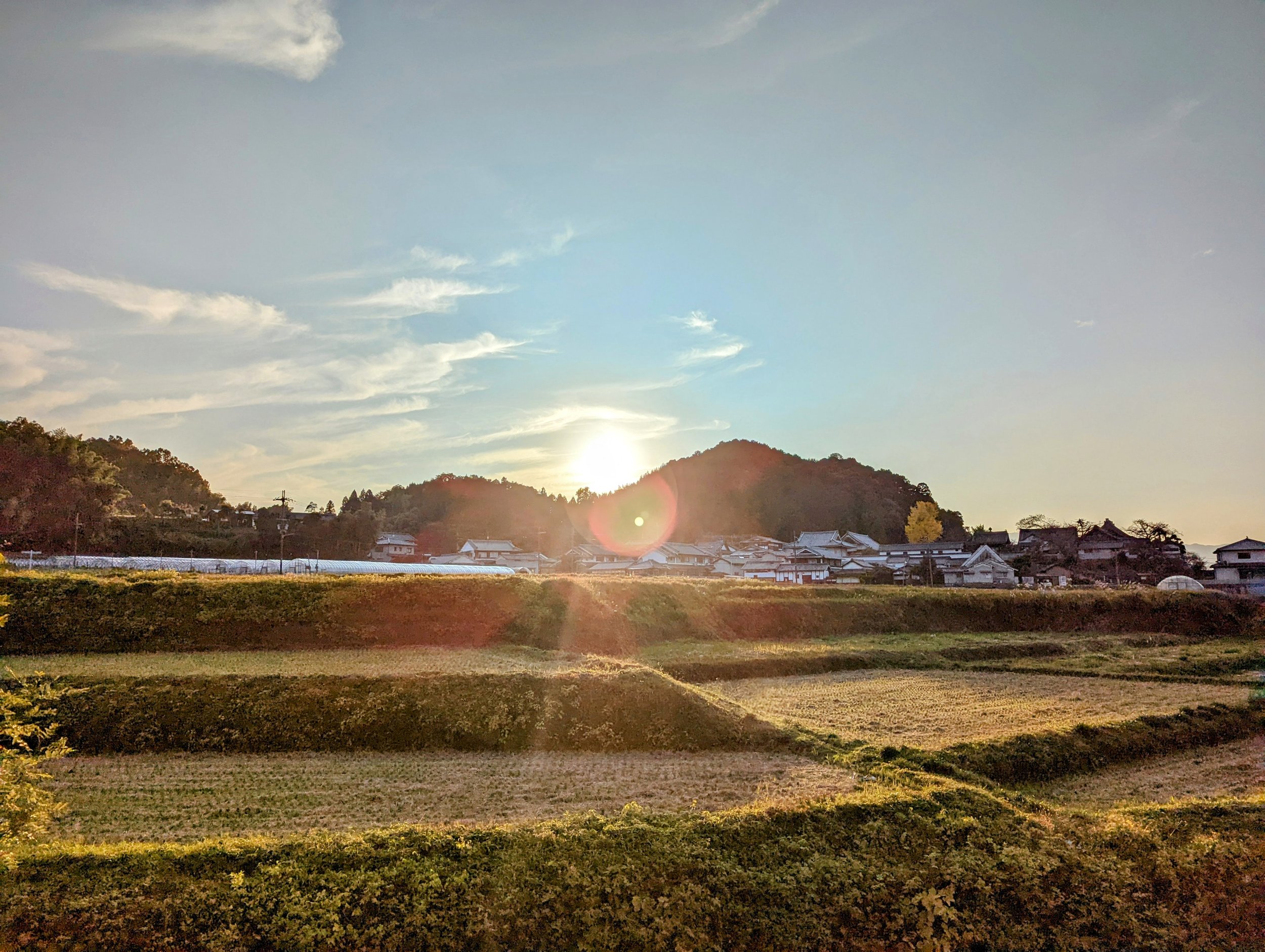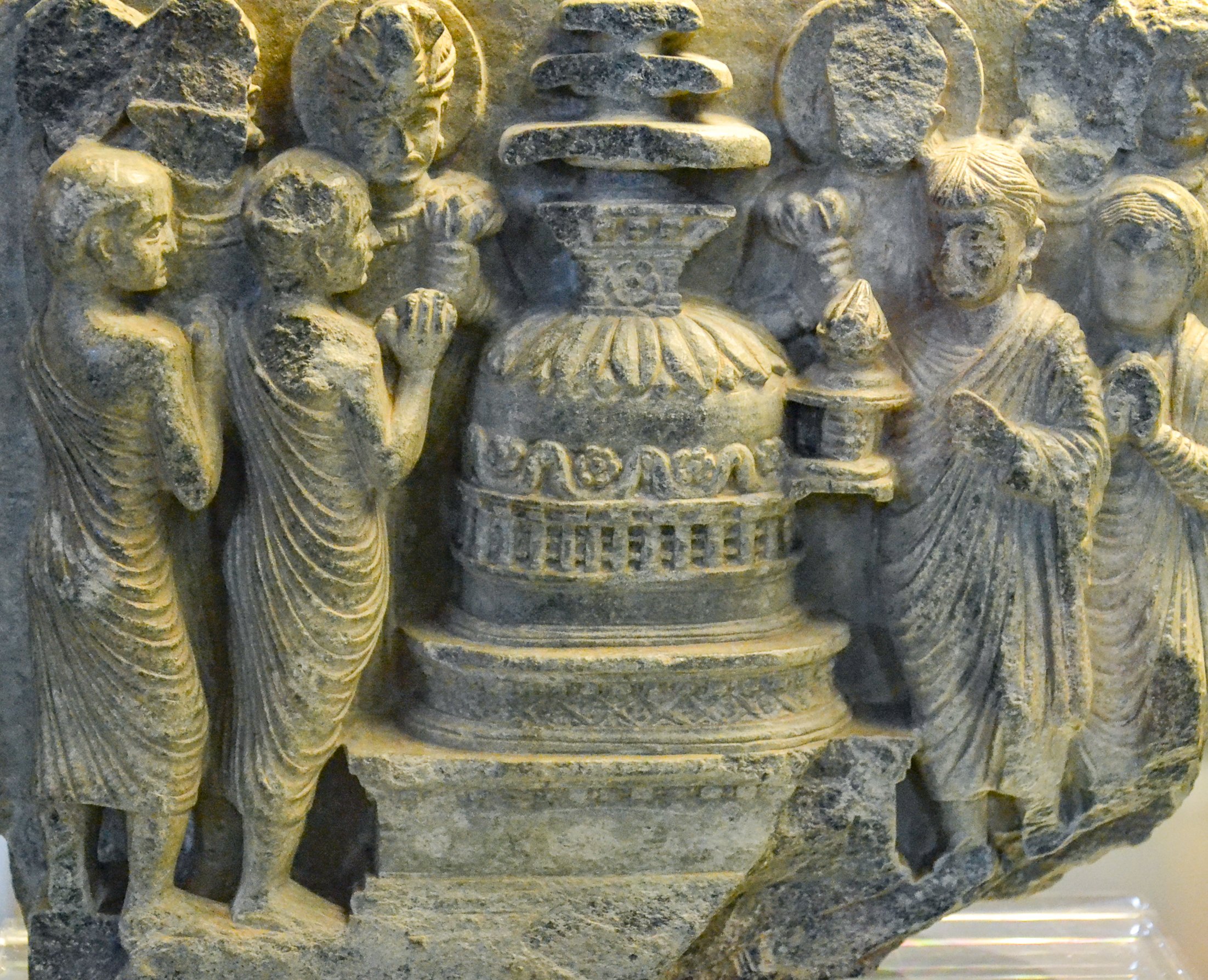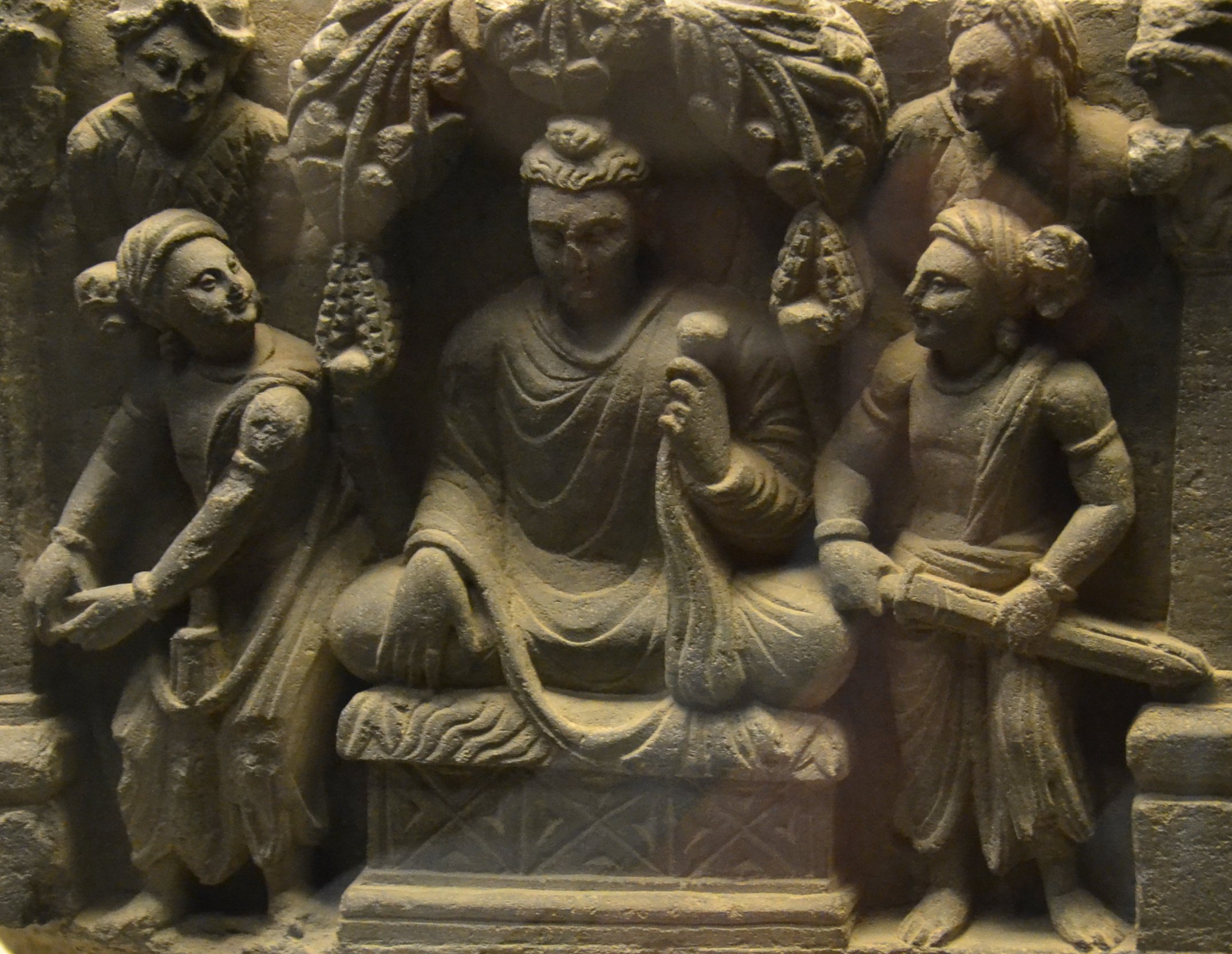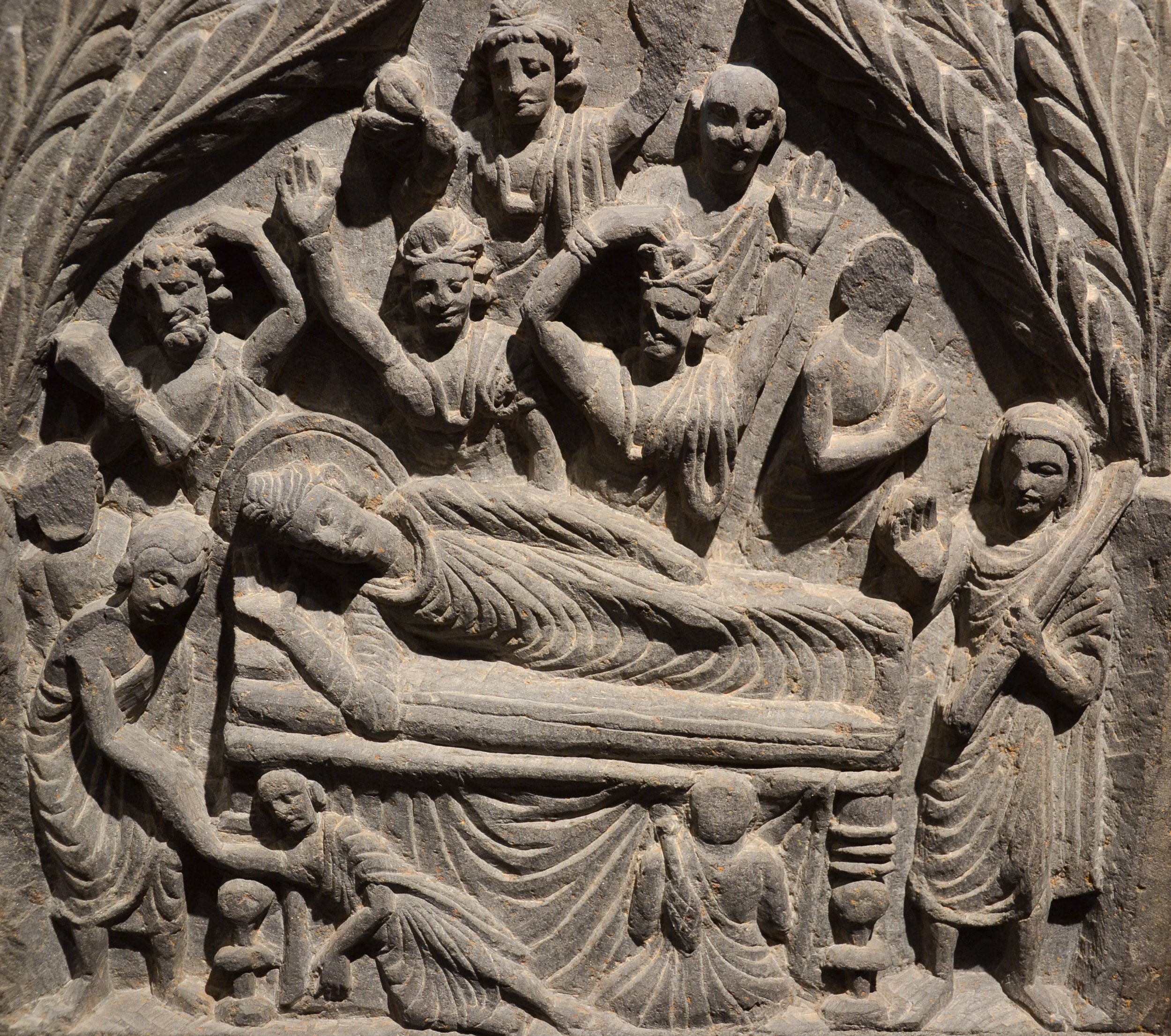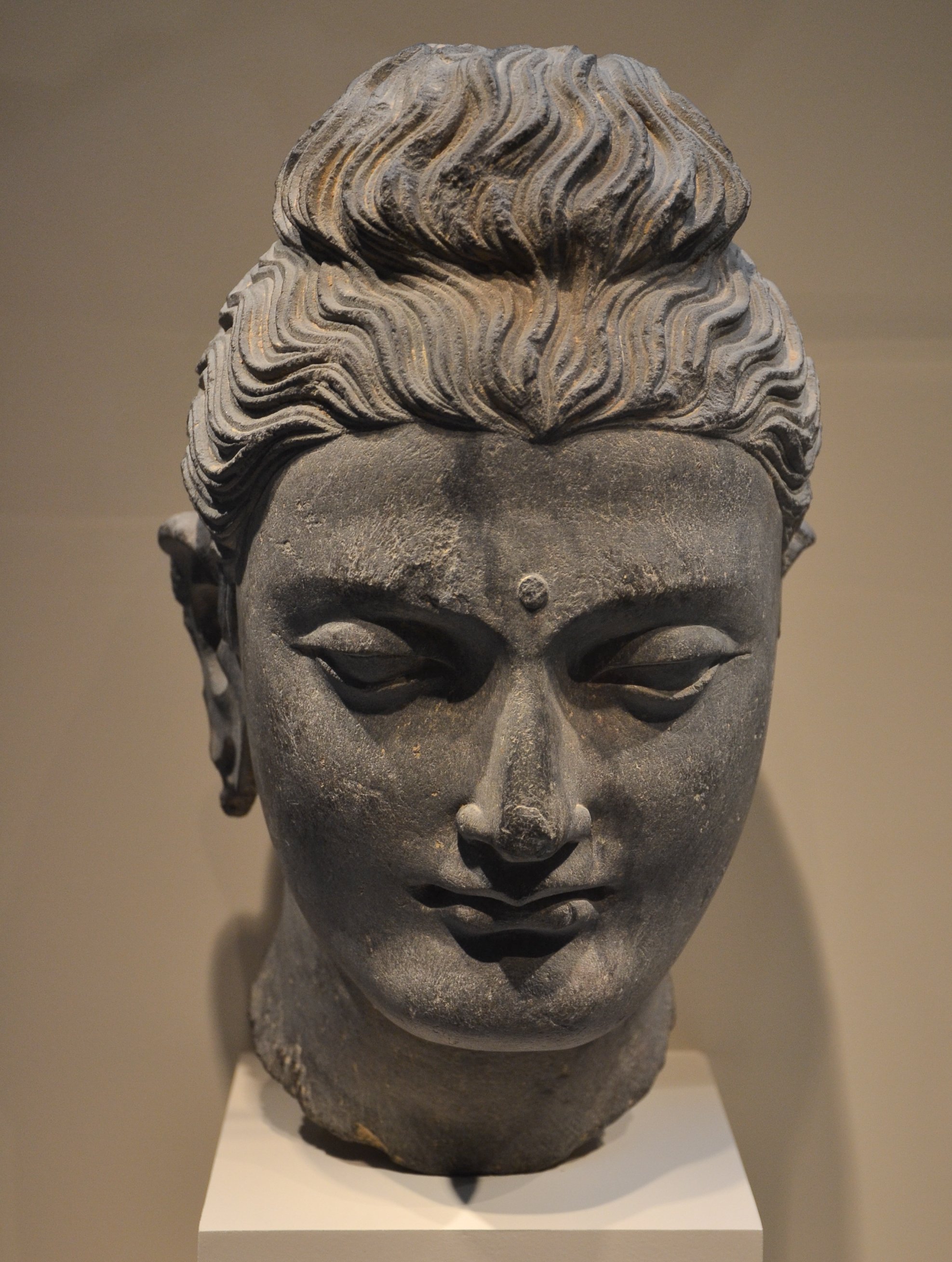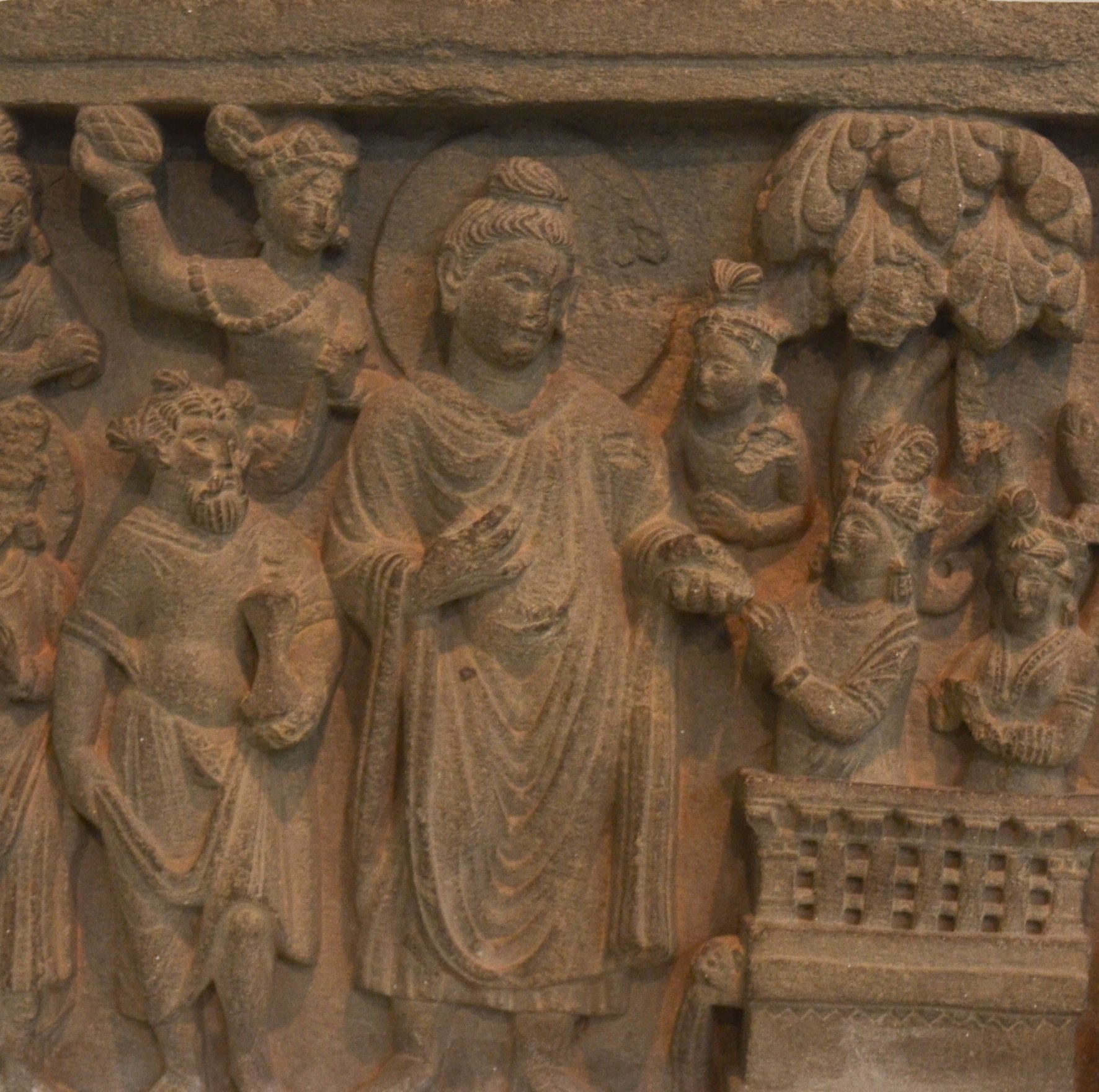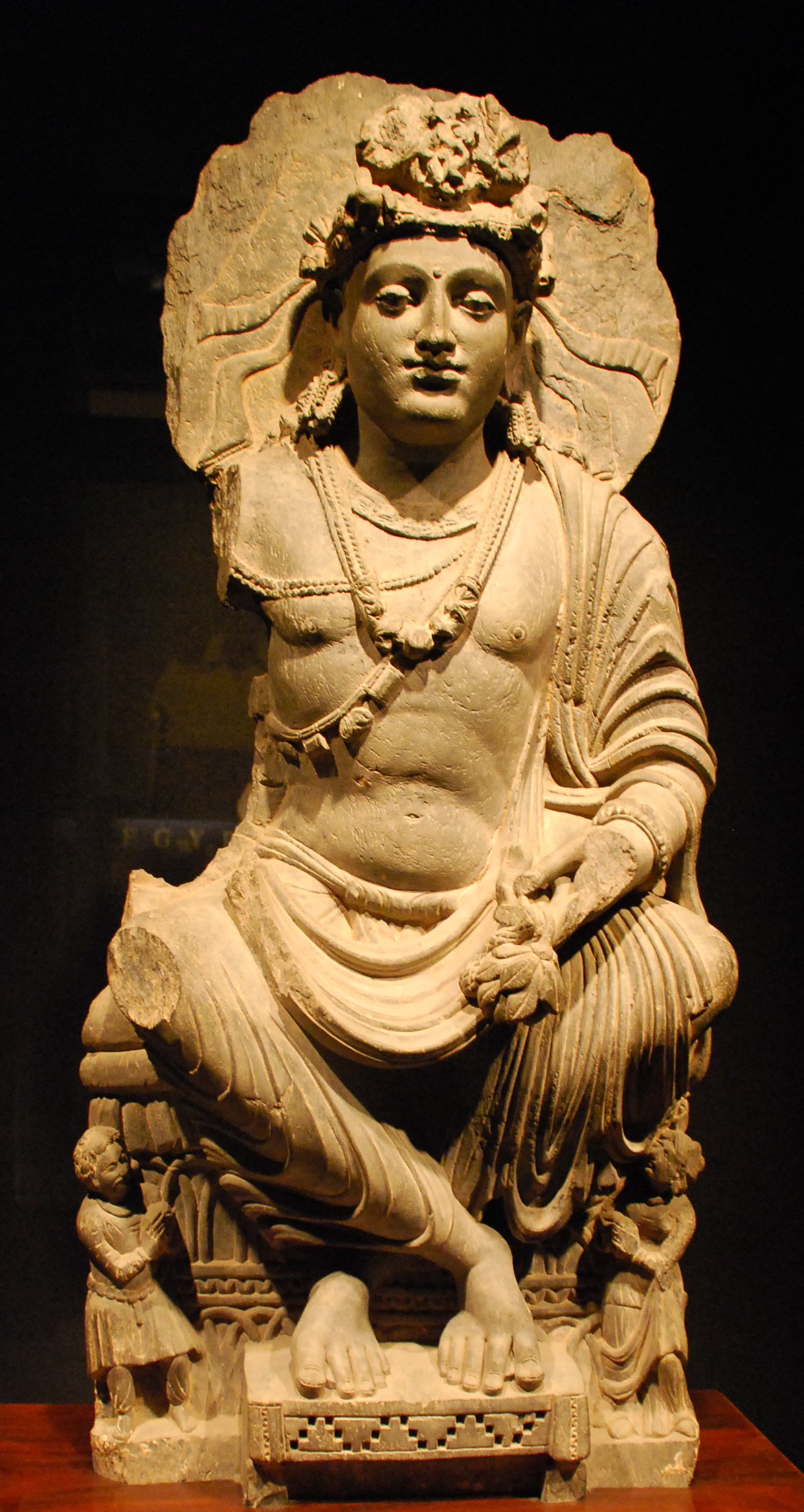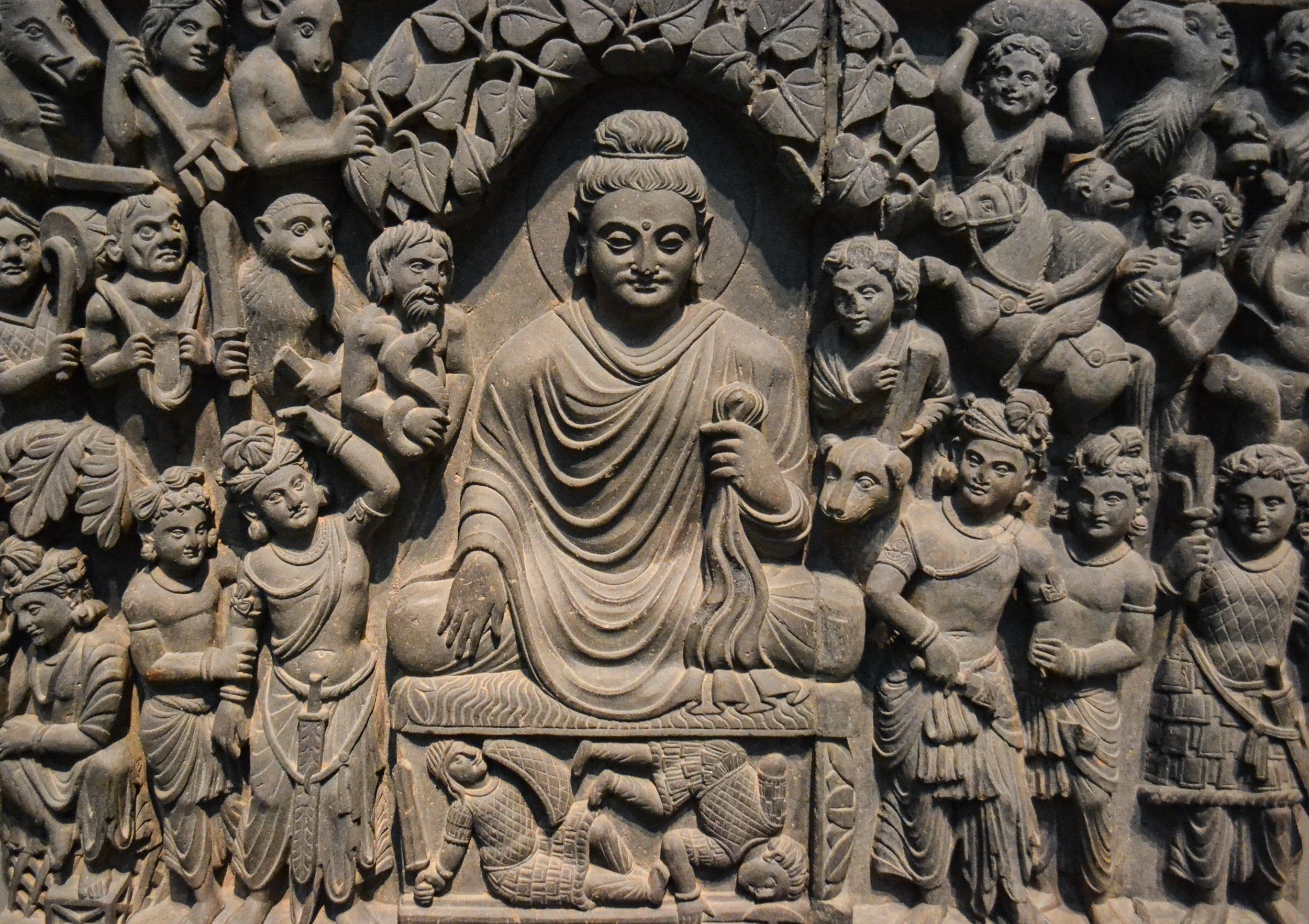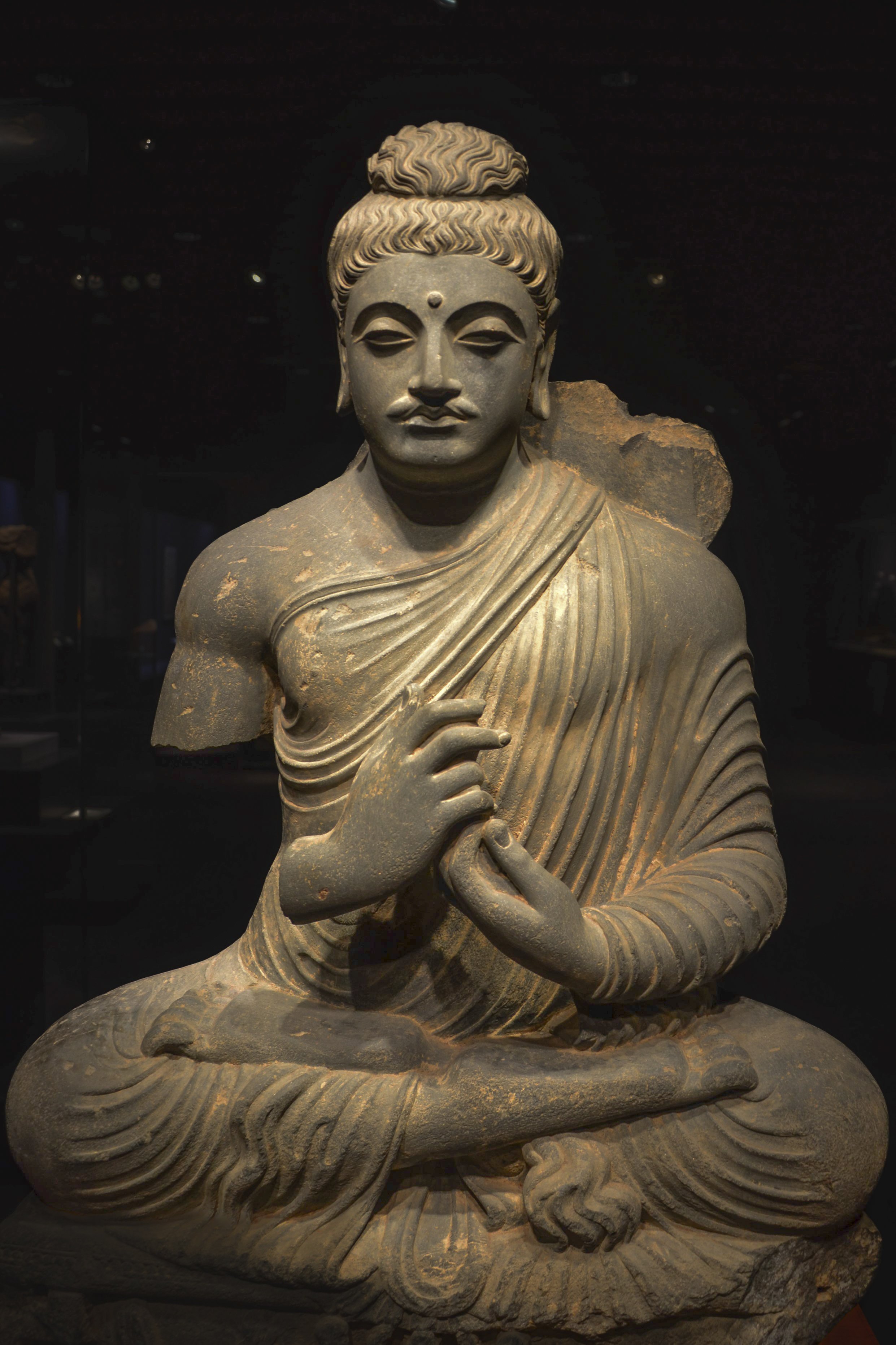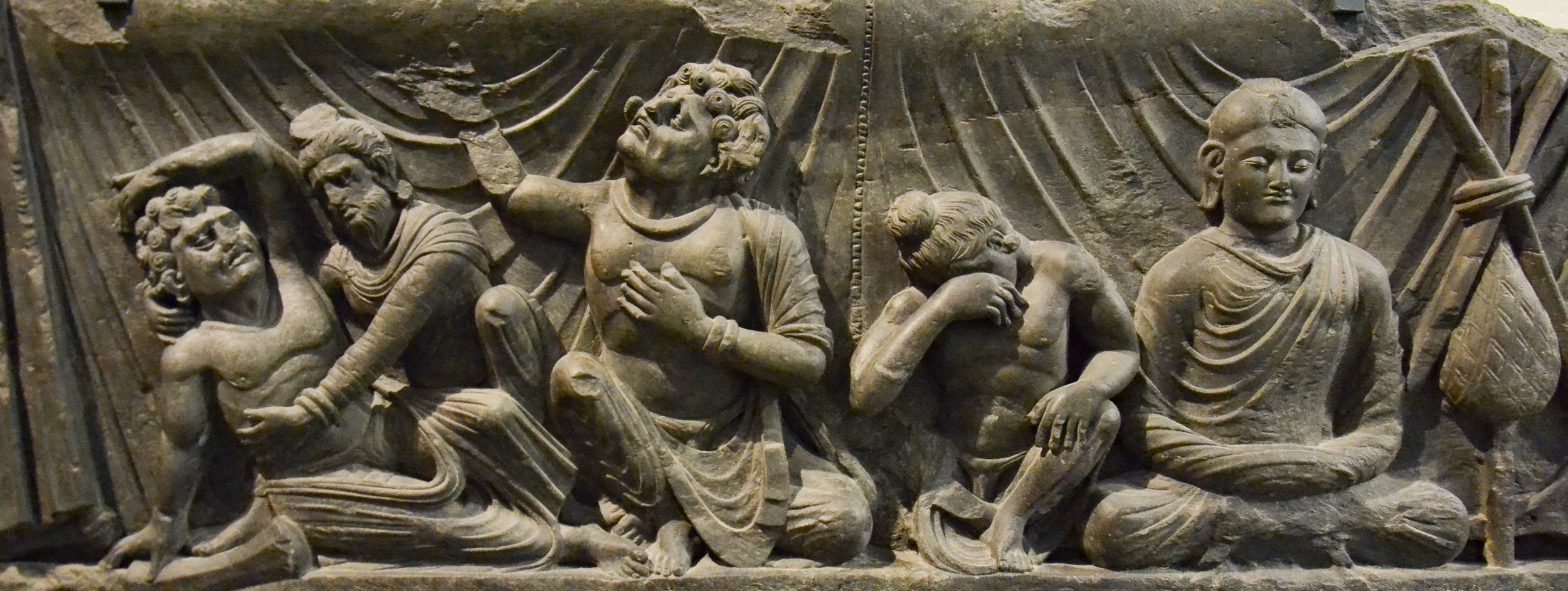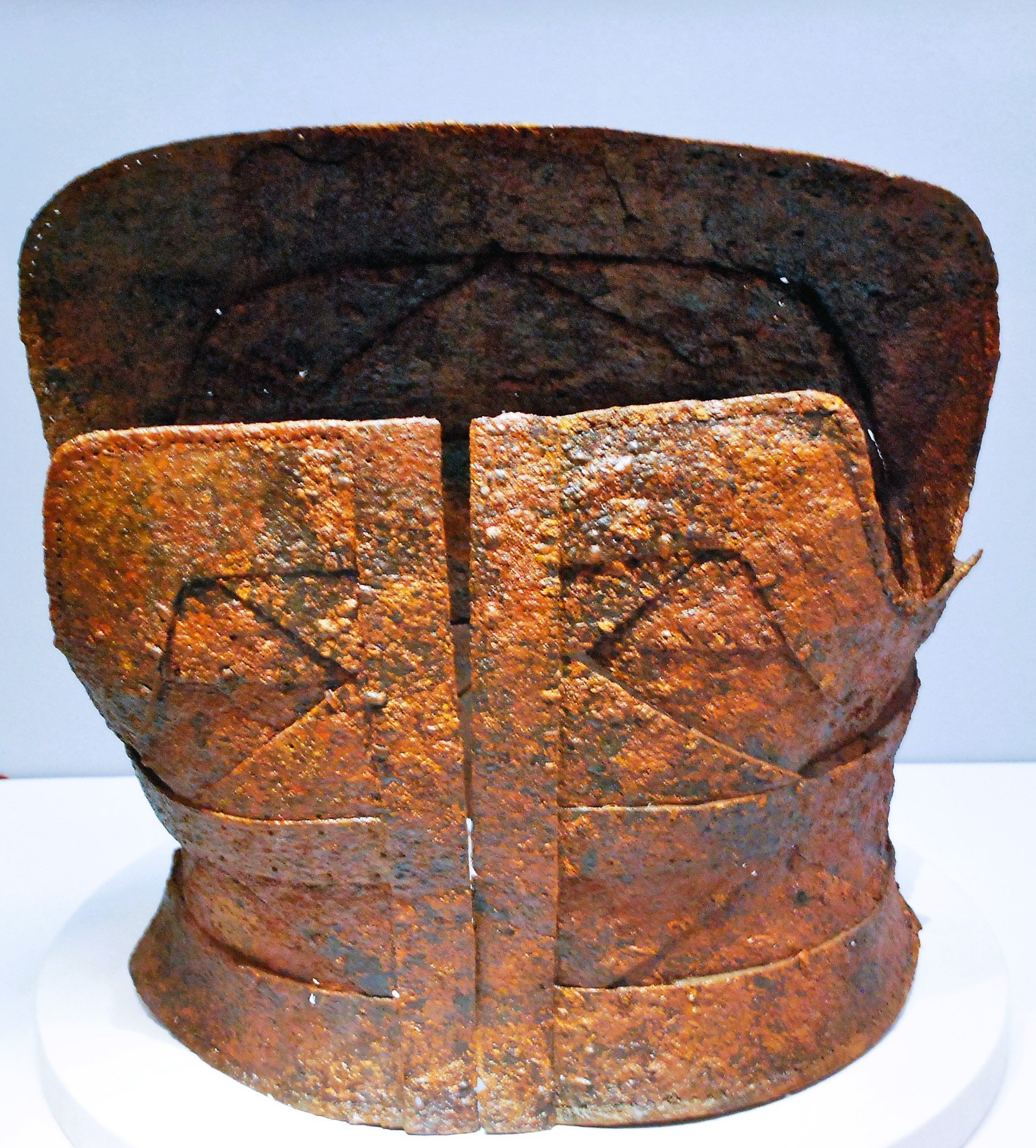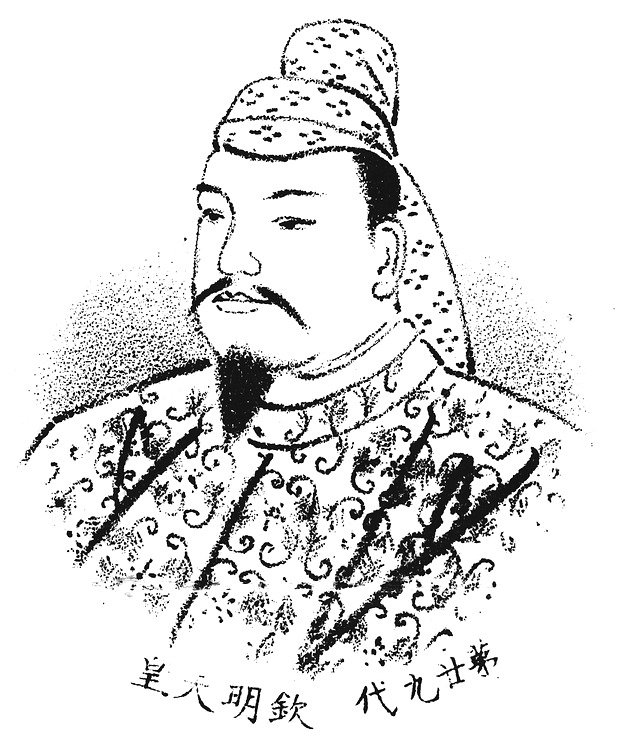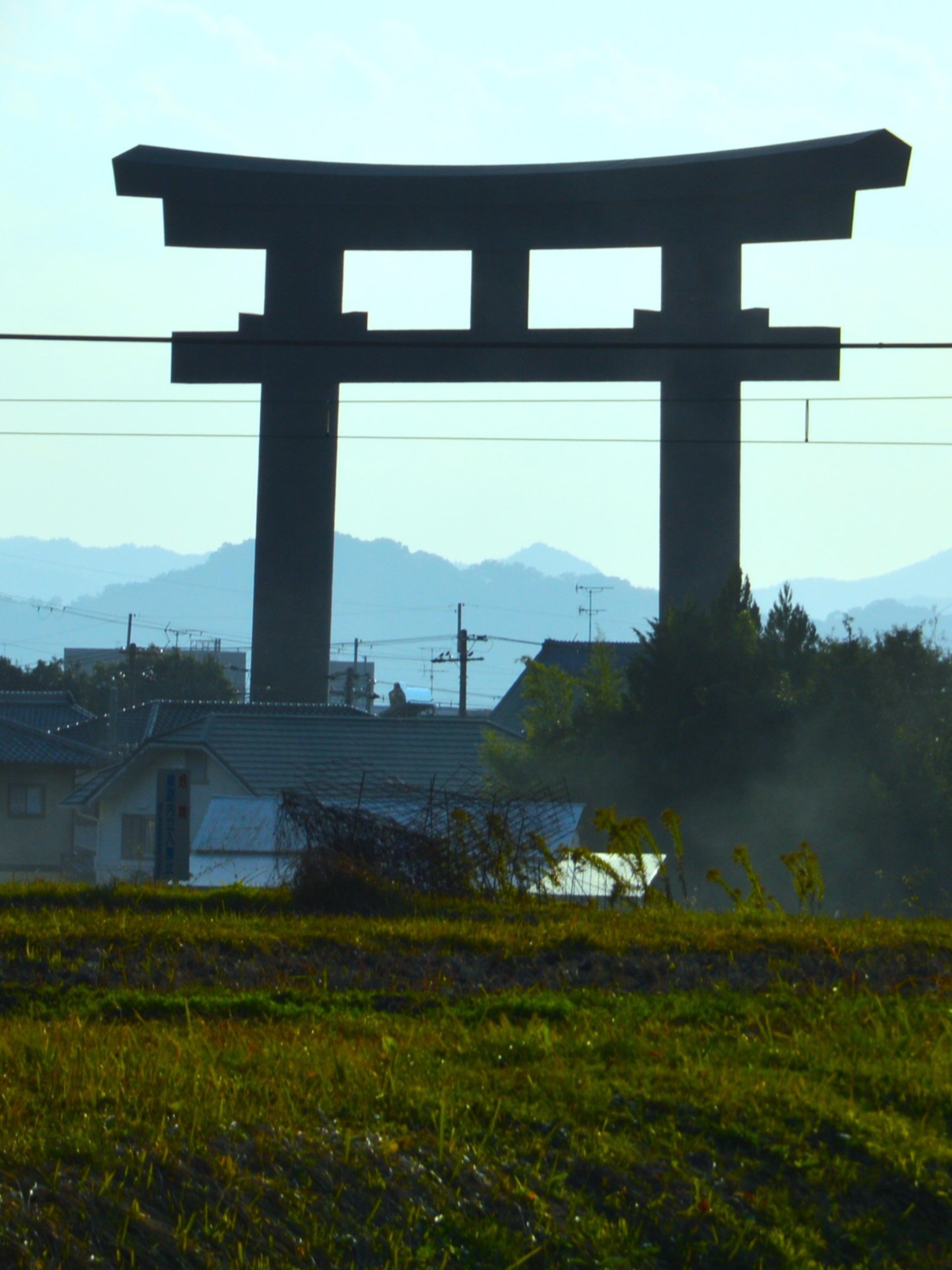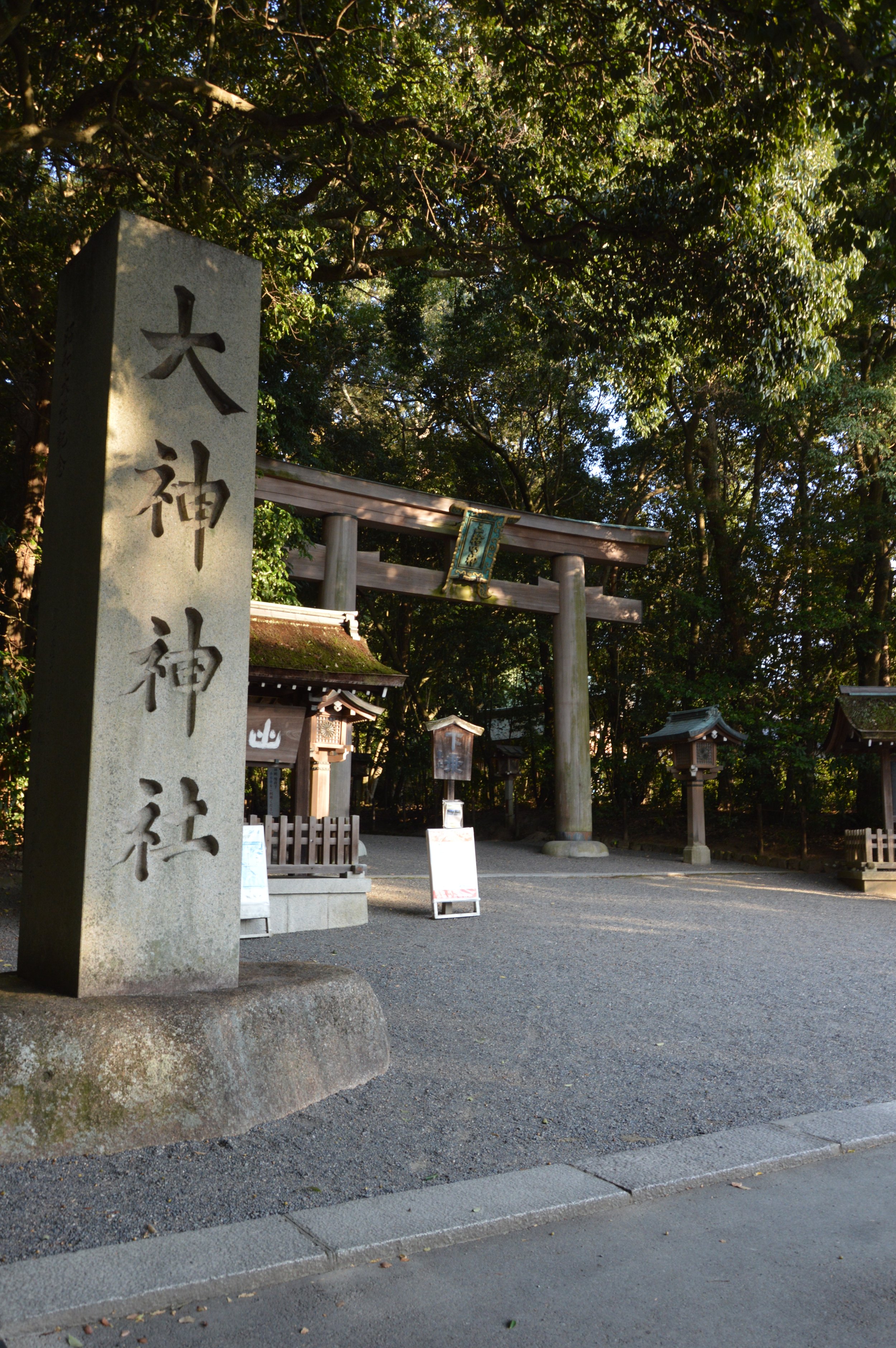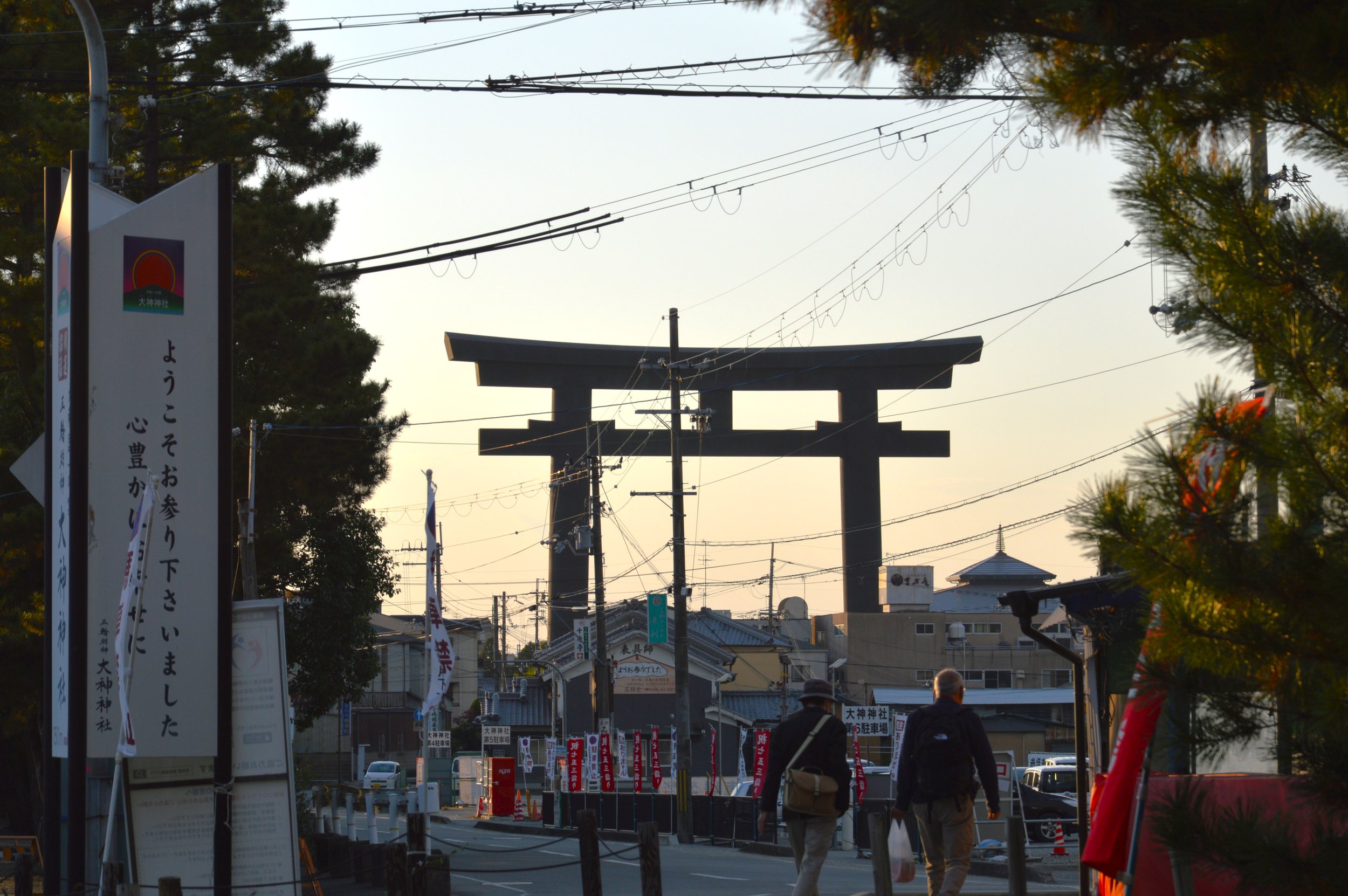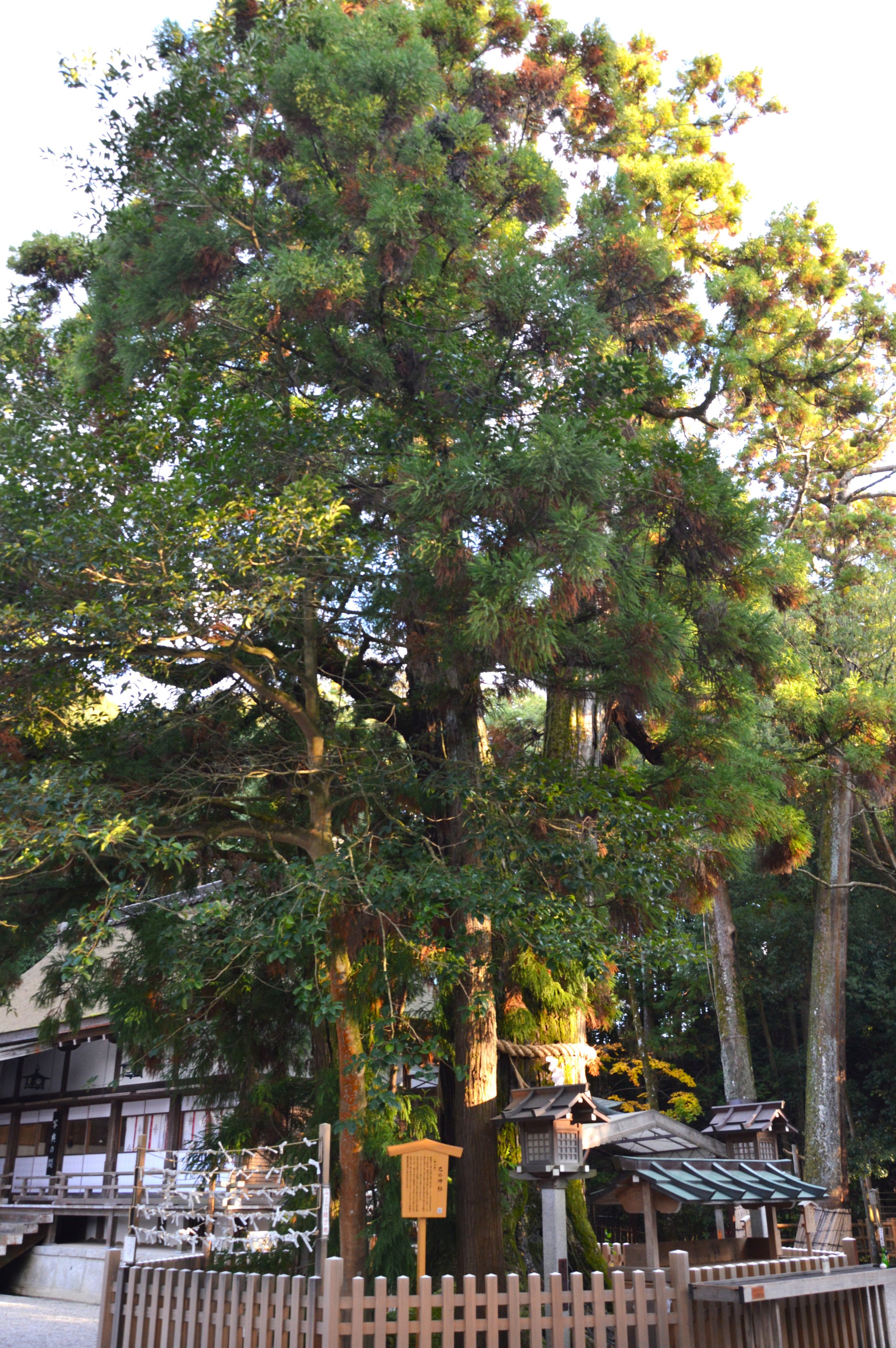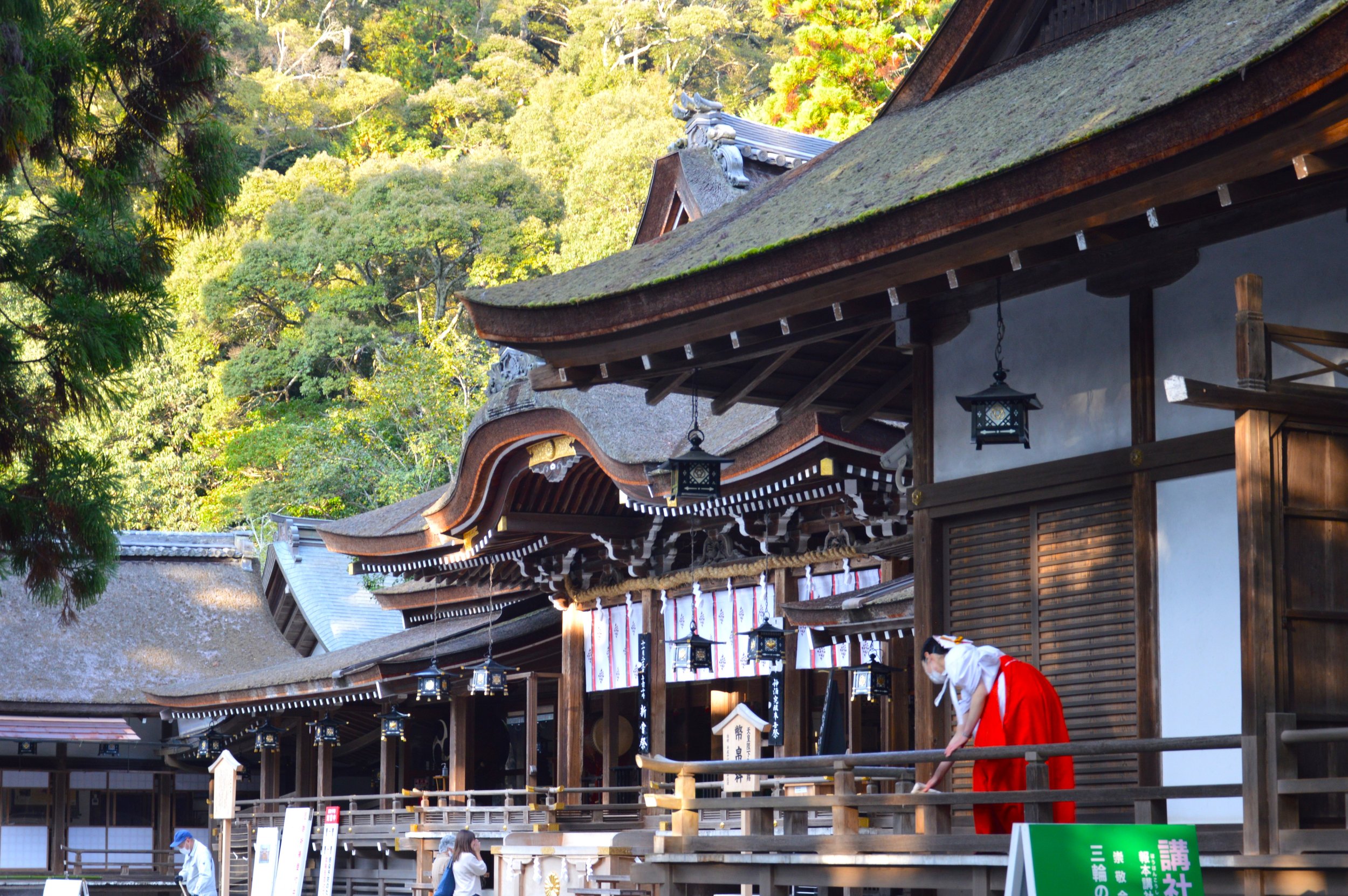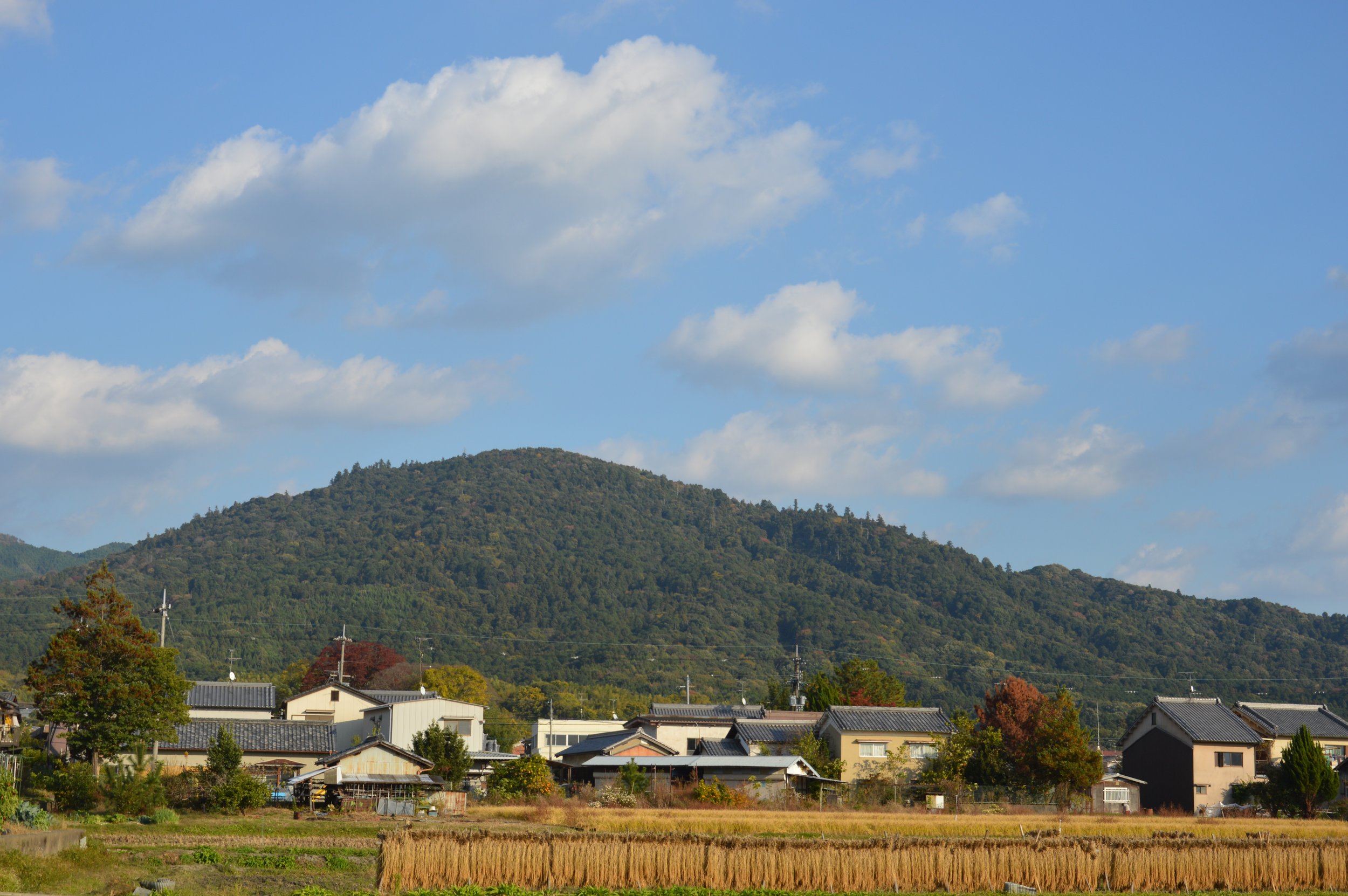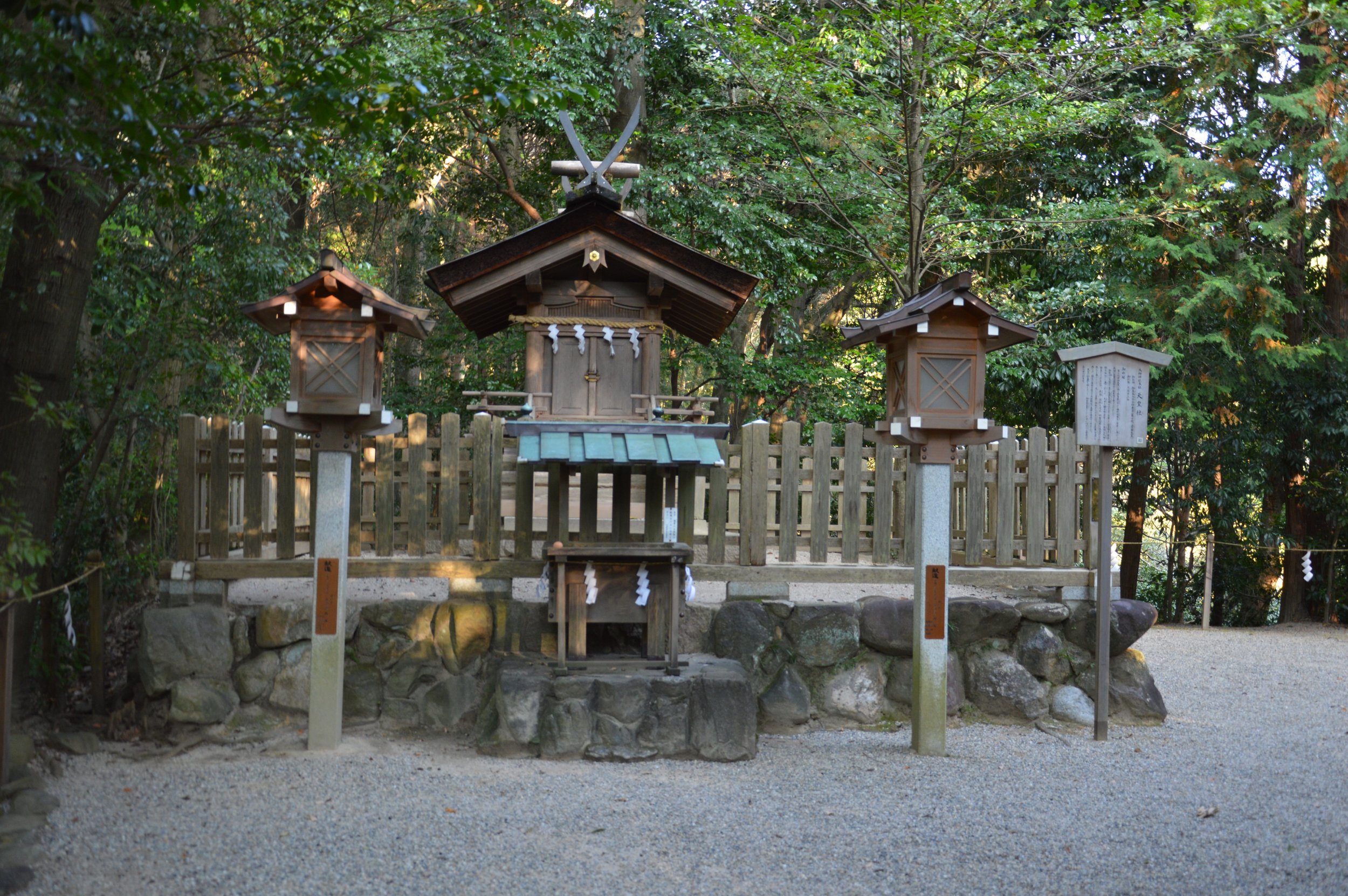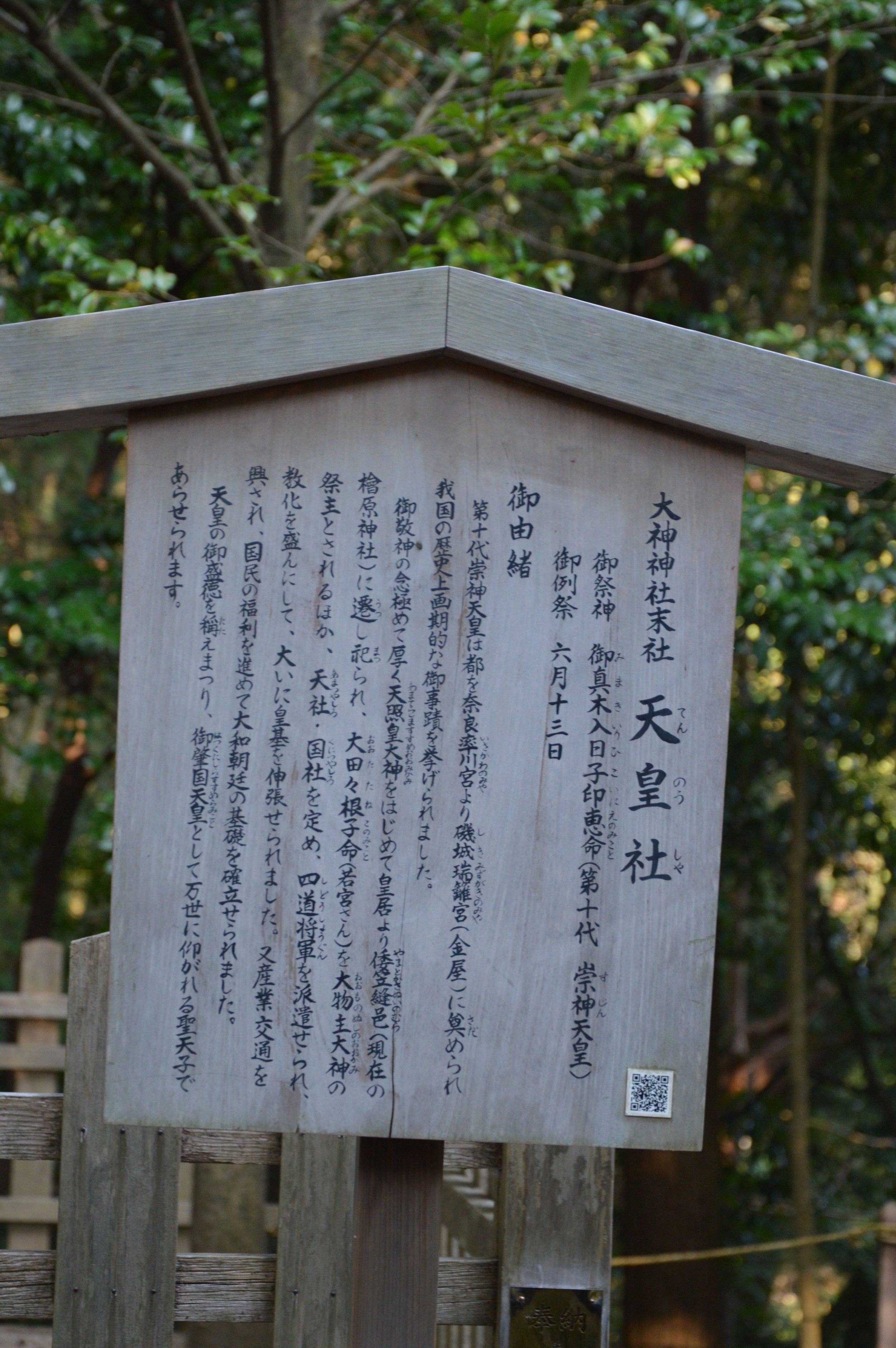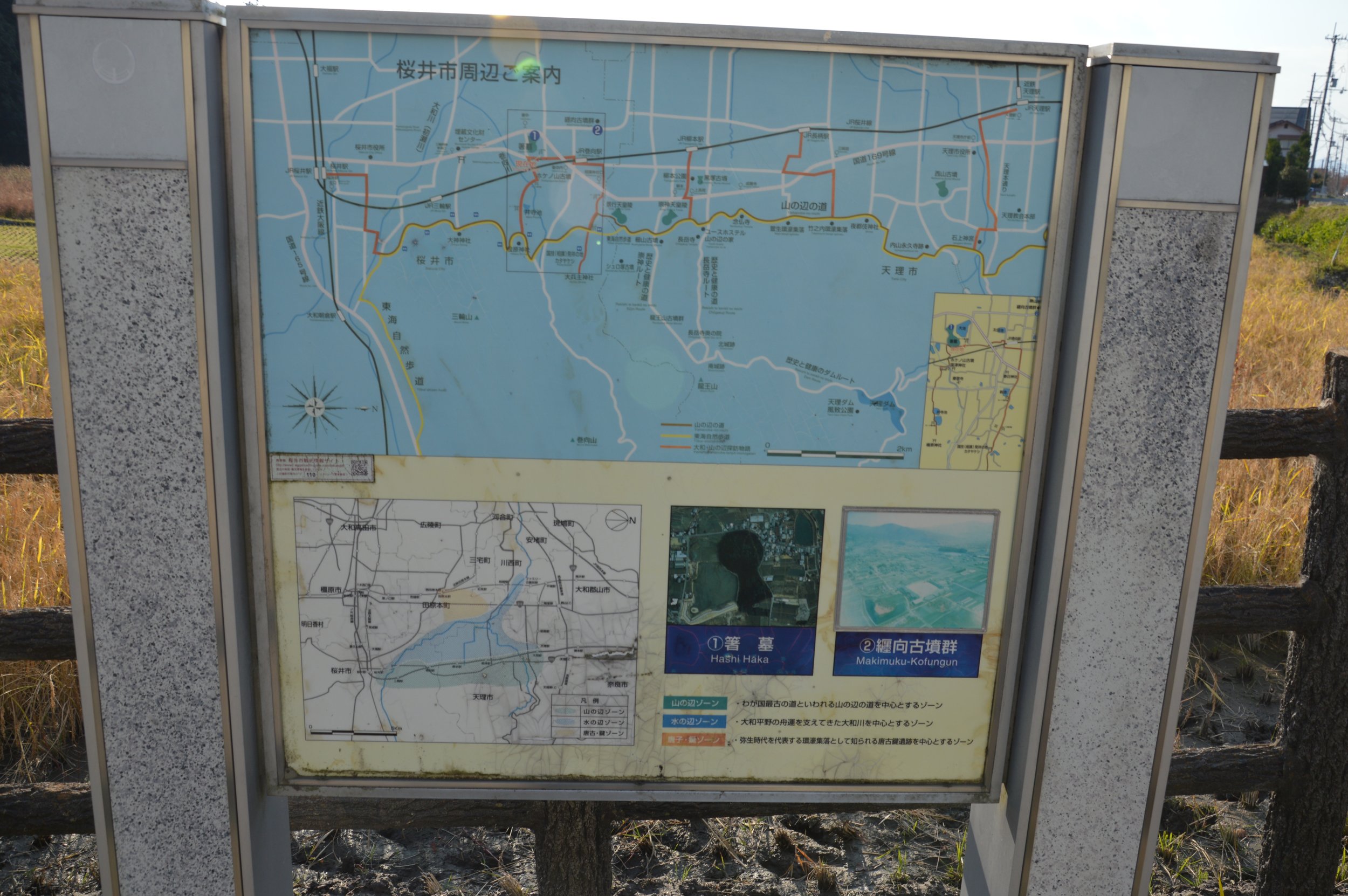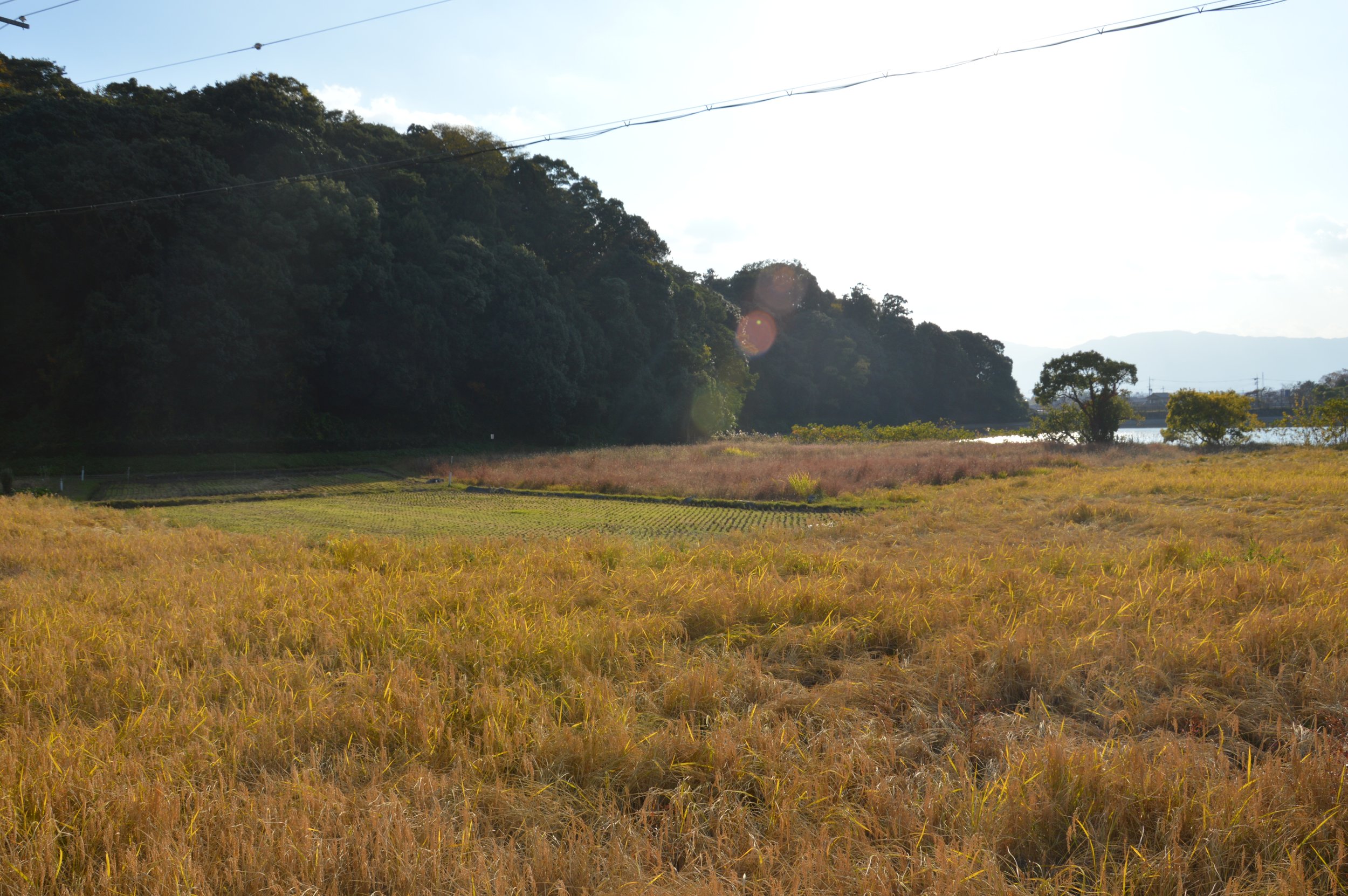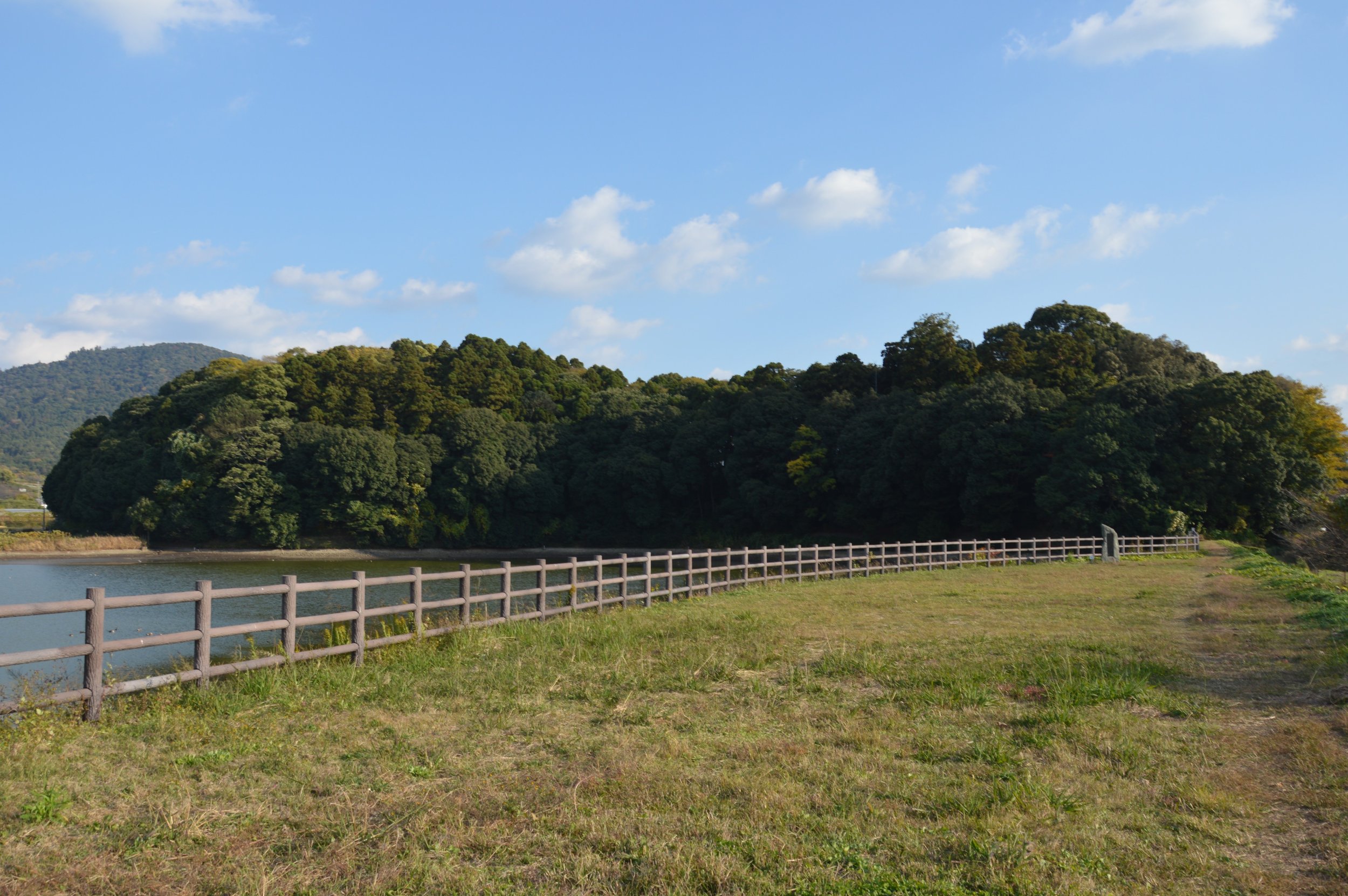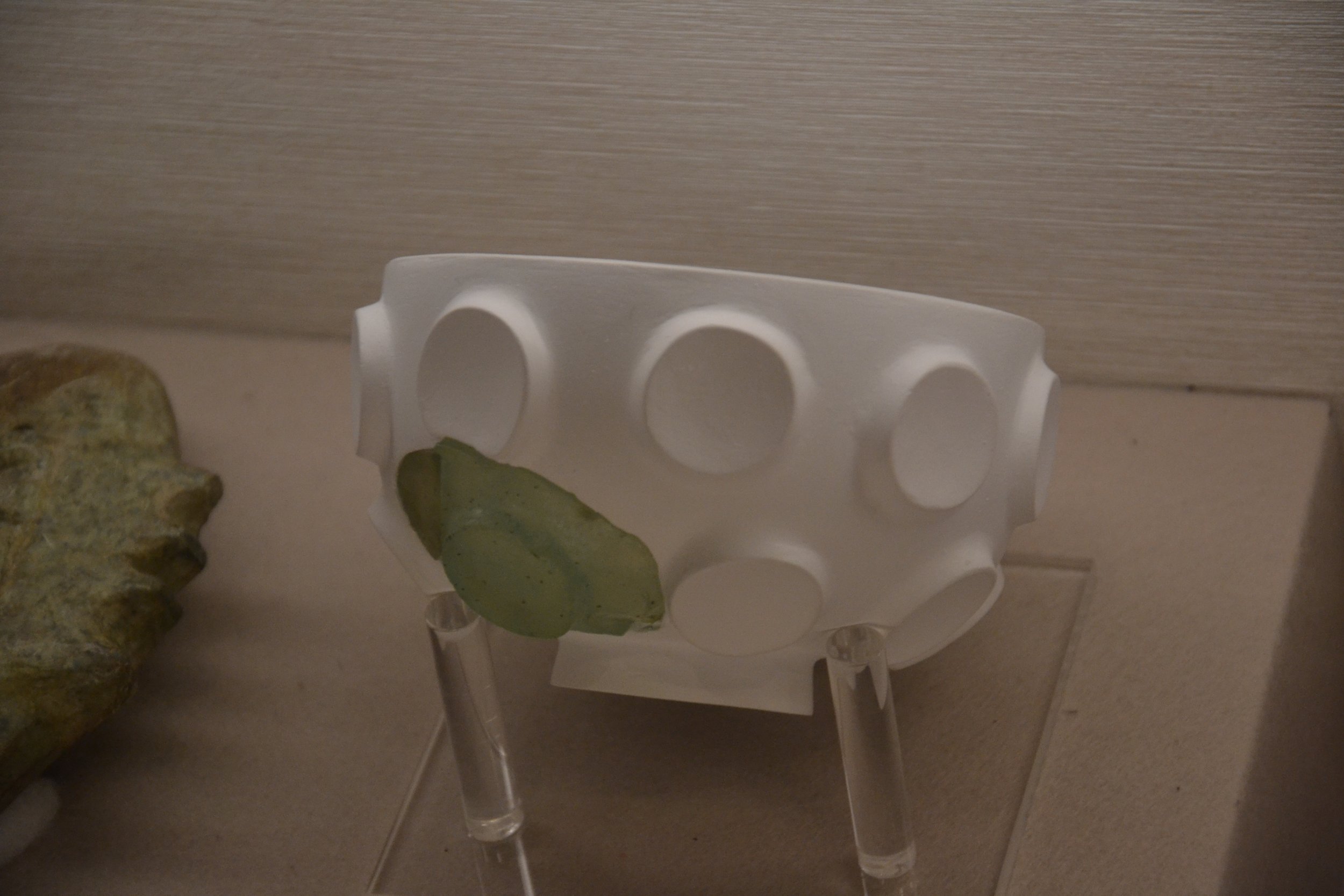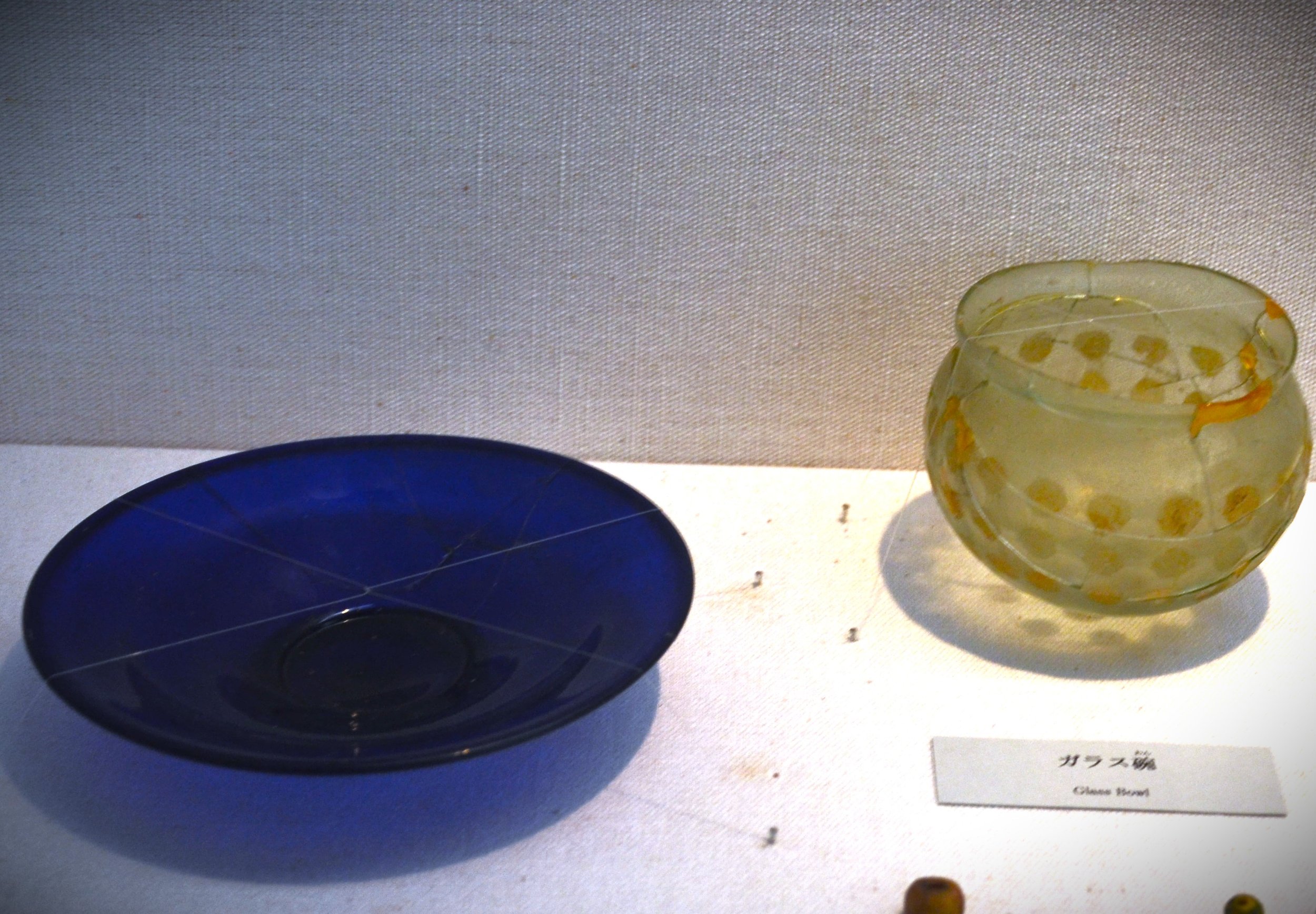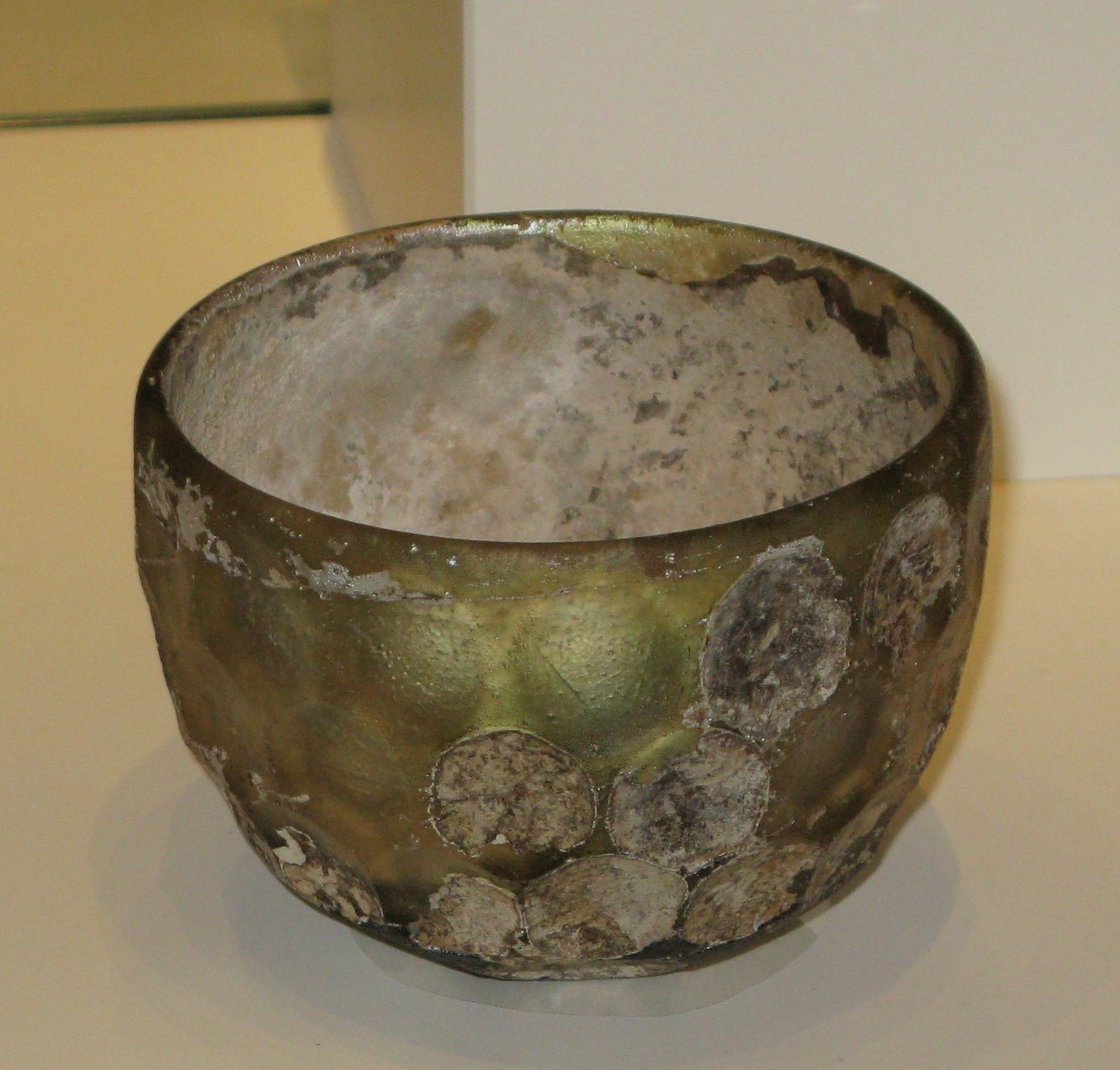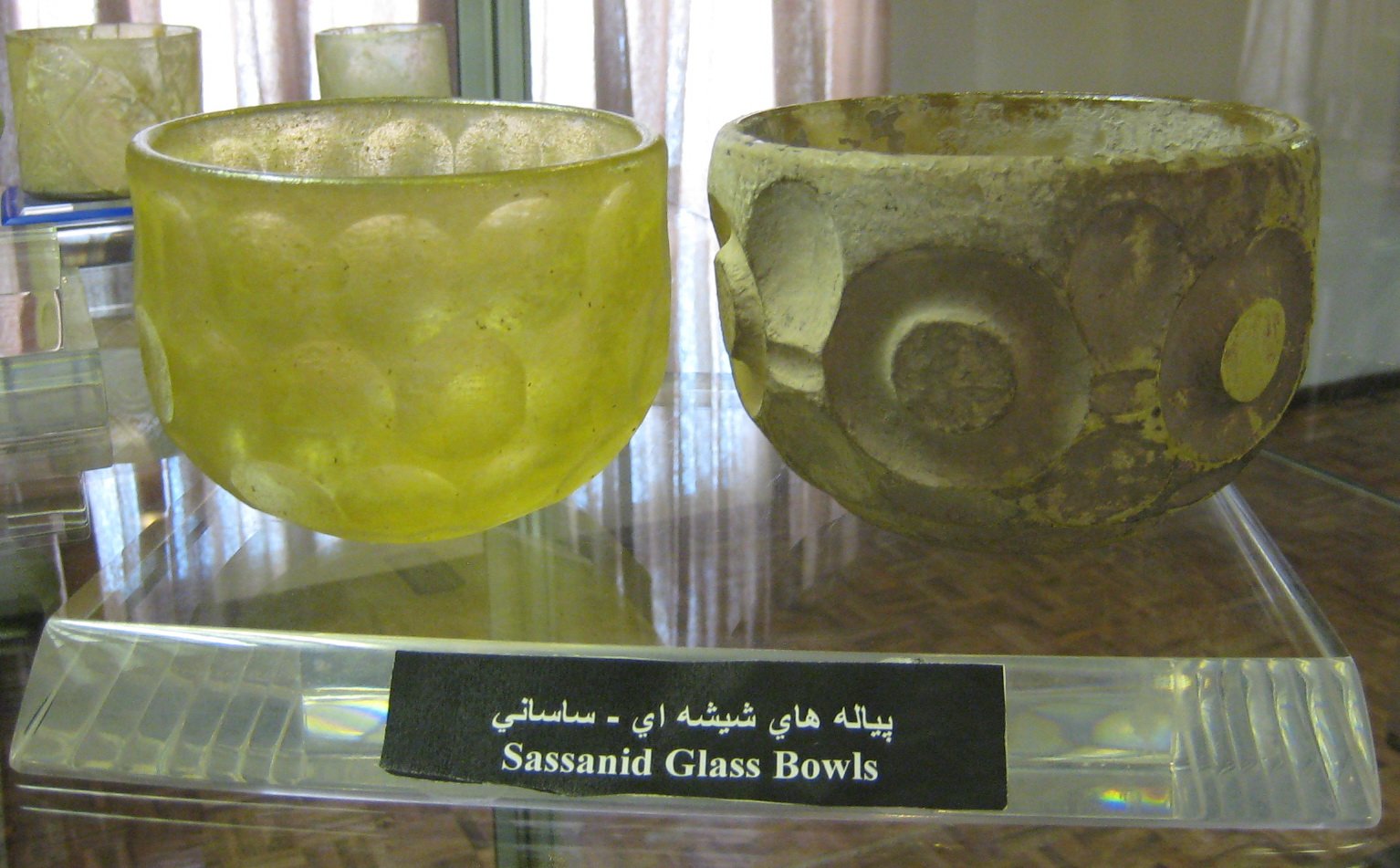Previous Episodes
- January 2025
- December 2024
- November 2024
- October 2024
- September 2024
- August 2024
- July 2024
- June 2024
- May 2024
- April 2024
- March 2024
- February 2024
- January 2024
- December 2023
- November 2023
- October 2023
- September 2023
- August 2023
- July 2023
- June 2023
- May 2023
- April 2023
- March 2023
- February 2023
- January 2023
- December 2022
- November 2022
- October 2022
- September 2022
- August 2022
- July 2022
- June 2022
- May 2022
- April 2022
- March 2022
- February 2022
- January 2022
- December 2021
- November 2021
- October 2021
- September 2021
- August 2021
- July 2021
- June 2021
- May 2021
- April 2021
- March 2021
- February 2021
- January 2021
- December 2020
- November 2020
- October 2020
- September 2020
- August 2020
- July 2020
- June 2020
- May 2020
- April 2020
- March 2020
- February 2020
- January 2020
- December 2019
- November 2019
- October 2019
- September 2019
A lot of random stuff in this one. For the most part I’ll put here some of the people and places we talk about in the episode, for those who want to follow along.
Ame Kunioshi, aka Kimmei Tennō
A familiar name for anyone who has been following us: Ame Kunioshi is our current sovereign. Son of Wohodo no Ōkimi, he was the fourth sovereign in our current line-up, and the second generation of this dynasty. While he was on the throne, Nimna took Silla, and Buddhism was (probably) first introduced to Japan.
Soga no Iname no Sukune no Ōmi
Head of the Soga family, and one of the top three officials in the court of Ame Kunioshi. One thing to note: It is unclear how much that is attributed to him is accurate, as it is possible that some of this was later Soga attempts to prop up their ancestor, but still there seems little reason to doubt that his daughters married into the royal family, at least.
Ishihime
Ame Kunioshi’s primary wife, and daughter of his half-brother, Takewo Hiro Kunioshi no Ōkimi, aka Senka Tennō, and his primary wife, Tachibana Nakatsu, who was, herself, a daughter of Ōke no Ōkimi, aka Ninken Tennō. This made her Ame Kunioshi’s aunt, as well, because he was the daughter of her sister. She was also a sister to Ohatsuse Wakasazaki, aka Buretsu Tennō, the last sovereign of the preivous dynasty.
Yata no Tamakatsu
The eldest son of Ame Kunioshi and Ishihime. We don’t hear much about him other than his death, and that may seem odd unless you consider that he was probably the Crown Prince up until that point. His death would leave room for his brother.
Osada Nunakura Futodamashiki no Mikoto, aka Bidatsu Tennō
Nunakura is the younger son of Ame Kunioshi and Ishihime, and would come to the throne after Ame Kunioshi’s death. He is named Crown Prince after the death of his older brother, Yata no Tamakatsu
Kasanuhi (aka Satake) no Himemiko
Kasanuhi is the daughter of Ishihime and Ame Kunioshi, and the last of their three children.
Kitashi Hime
Daughter of Soga no Iname no Sukune no Ōmi, and one of the wives of Ame Kunioshi.
Wonane Gimi
Another daughter of Soga no Iname no Sukune no Ōmi, and also wife of Ame Kunioshi.
Takechi (or Takeuchi) no Sukune
The first “Prime Minister”, or Ōmi, and a descendant of Ōtarashi Hiko no Ōkimi, aka Keikō Tennō. He was a close confidant and supporter of Okinaga Tarashi Hime (aka Jingū Tennō) as well as her son, Homuda Wake (Ōjin Tennō). Many lineages would trace back to him, including the Heguri and the Soga.
Koshi no Kuni
The land of Koshi (越), which was later split up into various provinces such as Echizen (越前), Etchū (越中), and Echigo (越後), among others. It was along the Japan Sea side of Honshū. It comes up a lot in various records, usually on the periphery of the state.
Sushen / Mishihase (粛慎)
The term “粛慎” shows up in continental records talking about a Tungusic people on the mainland, so it is possible that it is these people that the Chroniclers are talking about. However, it is just as likely that they were some other Tungusic speaking people, or that they were jsut from “up north” just as the Sushen were “up north” from the lands of the Yellow River and Yangzi. There is some thought that they might be from the Okhotsk Culture, which inhabited northern Hokkaidō and the islands to the north. It is also possible they were from the Zoku-Jōmon, or Epi-Jōmon people of northern Tōhoku and Hokkaidō. These are both groups connected with the modern indigenous Ainu population.
The name is often glossed as “Mishihase” in Japanese, and it was used for groups in Tōhoku in later centuries, though it is unclear if they were actually related to the people in the Chronicles.
Sado Island
Sado Island is just off of the coast of modern Niigata prefecture. The island is shaped something like an “S” or a lightning bolt, with two mountain ridges and a valley in between. It has been inhabited for thousands of years, and was later a place of political exile.
Nivkh
A people indigenous to Sakhalin island, along with the Ainu who lived in the southern regions. Their language is a language isolate, meaning that there are no other languages that have been identified as close enough to be considered part of the same family.
Kawahara Tami no Atahe no Miya
We don’t know much but from the name, we can assume Miya was from Kawahara (or Kawara), possibly in Asuka, where Kawara Temple would one day be built. Of course, here he is just seen as a person buying a pretty incredible horse. Later it is said he lived in nearby Hinokuma, which would seem to strengthen that assessment.
Umakai no Omi no Utayori
Utayori was one of the Umakai no Omi (or Mumakahi no Omi, for another reading). This family shows up early on in the Chronicles having been the people in charge of raising the horses for the royal court. They bear the kabane of Omi, putting them, socially, on par with families like the Soga, although I would not say that they were equals at this point. Their position as being in charge of the “horse-keepers” may have something to do with the accusation regarding the queen’s saddle.
Umakai no Omi no Morishi and Umakai no Omi no Nasehi
Two sons of Utayori, who had been killed during torture to try to extract a confession—they were also considered guilty by association, apparently, and only at the last minute were they saved.
Hafuri
A hafuri is actually a job, basically one of the types of priests who handled the indigenous religion of the archipelago.
Michi no Ushi
A local ruler in the land of Koshi. We have seen other instances where it is thought that “no Ushi” became “Nushi”, and so it is likely that he was the ruler of a place called “Michi”.
Shibagaki
An area in Hase (or Hatsuse): a river valley that flows into the southeast Nara Basin, it was probably a place to go and hunt and get away from the day-to-day at the palace.
Yamato no Aya no Atahe no Arako
One of two people sent to meet the Goguryeo envoys in Koshi. “Yamato no Aya no Atahe” is the name of one of the branches of the “Aya” family, which were likely weavers brought over from the continent, originally. In this case it appears to be the Aya of Yamato, though they just use the character for “East”, and they were apparently rather prolific in and around the court. His name, Arako, or “Child of Ara”, makes me wonder if there was a connection to the peninsular state of “Ara”, though I believe they used different characters.
Katsuraki no Atahe no Naniwa
The Katsuraki family has a history of dealing with foreigners, and may have even come from the peninsula themselves, tracing back to one of the few names that may be found in the Korean sources: Katsuraki no Sotsuhiko. The name “Naniwa” is interesting, and I don’t know if that was truly a given name or just where he was from.
Sagaraka (or Saganaka)
An area in Yamashiro, possibly near Saganaka Shrine, which uses the same characters (相樂), though it is hard to know for certain. That is just north of modern Nara city.
Kashiwade no Omi no Katabeko
A member of the Kashiwade no Omi family who was actually the one to retrieve the Goguryeo envoys and to whom Michi no Ushi gave reverence, exposing that he was not the sovereign, because why else would he bow like that to someone else?
Kose no Omi no Saru and Kishi no Akabato
Little is known other than they were apparently taking a barge to fetch the Goguryeo envoys.
Yamato no Aya no Saka no Ue no Atahe no Komaro
This name is a mouthful, but it still breaks down into fairly reasonable chunks. So “Yamato no Aya” is one part, and we addressed this before. “Saka no Uhe” is probably another locative, so they are from the Yamato Aya in Saka no Uhe, or something similar. “Atahe” is the family kabane for Yamato no Aya. And then “Komaro” is his actual name. He is sent to be the one to “entertain” the Goguryeo envoys, so likely he was taking care of everything they needed at their residence.
Nishikori no Obito no Ōshi (or Ōishi)
This is the other person sent with Komaro. Nishikori no Obito is the family name and kabane and then their name is Ōshi or Ōishi (大石).
Wang Jinnie
We talked about him and his family last episode. Sometimes referred to as Ō Chin’ni, or something similar, his name appears to be Sinic from somewhere on the continent. That likely explains how he was able to assist so much with the Goguryeo envoys.
Tsunoga Arashito
Another example of someone coming from the peninsula, a local ruler trying to impersonate the Yamato sovereign, and then arriving after the sovereign passed away, except that he was back in the era of Mimaki and Ikume Iribiko.
Kibi no Atahe no Naniwa
Named similar to Katsuraki no Naniwa, above. He was supposed to return shipwrecked envoys from Goguryeo.
Iwahi and Masa
Two of Kibi no Atahe no Naniwa’s men who accompanied envoys back to Goguryeo.
-
Welcome to Sengoku Daimyo’s Chronicles of Japan. This is Episode 86: All the Other Stuff
This episode I want to finish up the events of Ame Kunioshi’s reign. We’ve been following Ame Kunioshi, aka Kimmei Tenno, for a while and covered perhaps the things that he was remembered for most, as well as the two most large-scale disruptive things that happened around the time of his reign. First of these disruptions was everything going on on the continent, and the consensus appears to be that at this point we truly get into a period where the Korean peninsula is under the authority and control of the three main states—Baekje and Silla in the south, and Goguryeo in the north. Silla’s own power was on the rise—whereas it was always counted as something of a local power, it had gained enough might to take over the various statelets in its orbit, and with ambitions for more.
The second disruption, which we’ve covered in the last two episodes, is the arrival of Buddhism to Japan. As we noted, it is likely that Buddhism had come to the islands earlier, but it is in this reign—or slightly earlier—that it shows up in the historical record and is counted as something of interest to the court. We’ll follow up on this over the course of the next several reigns, as Buddhism, and its connection with the Soga family, play a large part in this period.
Speaking of the Soga Family, they once again tie in to what we’re going to focus on in the rest of this episode: the nitty-gritty of the rest of Ame Kunioshi’s reign, when we’re not focused on Buddhism or the continent. As we alluded to previously, the rise of Soga no Iname is another key factor of the politics at the time. The Ohotomo had had their moment at the top, and the Mononobe were still going strong, but Soga no Iname appears more and more in the record. Of course, all of this is based on a narrative compiled by members of the court centuries later, and so we should just keep in mind that we aren’t reading about all the things that happened, but just those things that were considered important to telling the story of Yamato and, perhaps even moreso, those things considered important to telling the story of the royal family.
Some of these entries make perfect sense in that context and others, well, not so much. I’ll do my best to make sense of it, but some of it may require more study and scholarship than I have time and access to, and if you have any thoughts, feel free send them in.
So let’s start with the biographical info. First, we have Ame Kunioshi’s queen, Ishihime. Just as Wohodo had married Tashiraka, a daughter of Ohoke no Ohokimi, aka Ninken Tennou, Ame Kunioshi’s queen, Ishihime, was also the daughter of a previous sovereign. In this case, though, she was technically Ame Kunioshi’s niece, as she was the daughter of his half-brother, Takewo Hiro Kunioshi no Ohokimi, aka Senka Tennou, but that just meant they continued the tradition of keeping it in the family.
Ishihime had two sons and one daughter. The eldest was Yata no Tamakatsu, presumably Ame Kunioshi’s Crown Prince, and then there was his younger brother, Wosada Nunakura Futodamashiki. They also had a sister, Kasanuhi, aka Satake.
Besides Ishihime, Ame Kunioshi is mentioned as having two other consorts. Kitashi Hime and Wonane-gimi, both daughters of Soga no Iname, the Oho-omi. Between them they gave birth to 11 sons and 7 daughters. Significantly, and without getting into too much detail, Kitashi Hime would give birth to three of the next four sovereigns, meaning that the Soga family would have their immediate relatives on the throne for over forty years.
By the way, to make that work out, at least according to the rules of succession that the Nihon Shoki seems to imply, the Soga family itself would need to be of imperial descent – and indeed, it is traced back to Takeuchi no Sukune, and through him to Ohotarashi Hiko no Ohokimi, aka Keikou Tennou. Of course, there is a lot of speculation in that lineage, and it was probably simply made up to help legitimize the Soga family and their royal offspring. On the flip side, Ishihime, Ame Kunioshi’s primary wife and the one recognized as Queen by the Nihongi, who would also produce a future sovereign, was clearly tied in to the royal lineage through maternal links to Ohoke no Ohokimi, aka Ninken Tennou.
There were a few other consorts, but I’m not going to go into every single one other than to say that Ame Kunioshi was clearly prolific—or a lot of lineages wanted to connect themselves back to him. He was quite popular, I guess.
Many of these consorts may have been taken before he was even sovereign. Tradition holds that he was born in 509 and came to the throne in 539, so already thirty years old. Of course some have tried to push that back, and if you recall, the previous sovereigns were supposedly just keeping the throne warm for him, something I don’t quite buy given his age when he finally did ascend. That assumes that the dates are correct, which is a rather big assumption.
So five years after Ame Kunioshi takes the throne, we have the first somewhat oddball event. It was a report from the land of Koshi, which, for those who don’t remember, is the area north of the Japan Alps on the Japan sea side of Honshu, from roughly the area of Ishikawa up to the Tohoku region. So, facing the continent and the peninsula – and apparently, in this year, there were men of Sushen who arrived on Sado Island, at Cape Minabe.
Sado Island is part of modern Niigata prefecture, sitting just a little to the west of modern Niigata city. It had been populated since at least the Jomon period, and in later centuries it would become a place of exile for powerful individuals who were on the political outs. In the Edo period they discovered gold and silver and there was a booming mining industry out there, and you can still go visit some of the old mines today. So that’s the first important thing about this report: it brings Sado into the picture, historically. Sado and the far reaches of Koshi—the influence of Yamato would seem to have grown.
Furthermore, who these unexpected arrivals to Sado were seems to be of some contention. The kanji used are the same that the continental records used for people called Sushen, who are believed to have been a Tungusic people living on the continent of Northeast Asia, possibly up towards modern Siberia. The Japanese, however, gave these characters a different gloss, pronouncing them as “Mishihase”. It is possible that the Mishihase were also Tungusic, or from a similar region of Northeast Asia, and hence the Japanese used the same characters. Or it is possible that they reused a name from the continental records for people living in the north of Japan or in the Okhostk Sea. I’ve seen suggestions that these were related to the Nivkh people or the Okhostk Culture from northern Hokkaido and Sakhalin islands.
The name “Mishihase” is interesting, because at this time, we know that there were a group of people that Yamato referred to as the Emishi living in the far Kanto regions and up into Tohoku. Many of the encounters with the Emishi in the Chronicles, however, appears to take place in regions that had at least transitioned to rice agriculture during the expansion of Yayoi culture, which had once reached up into the northern reaches of Tohoku before settling in the southern parts of Tohoku and down to Kyushu. Above that, archaeological evidence suggests that there was a continuation of Jomon culture, referred to generally as the Epi-Jomon or Zoku-Jomon, which existed in northern Tohoku and Hokkaido until the 7th century, when the cord-marked pottery gave way to a new type of scraped pottery, called Satsumon. Generally speaking the peoples of this area would all be lumped together by Yamato as Emishi, though there is some evidence of the use of the term “Saheki” as well and a few other local ethnonyms that pop up here and there.
The Okhotsk culture appears to have been north even of the Epi-Jomon and eventual Satsumon cultures, and may be related to the modern Nivkh people, who are indigenous to northern Sakhalin. I would note, however, that the Nivkh language is not Tungusic, but rather it is considered a language isolate, so these are not likely the Sushen of the continental records, but ancient people of Sakhalin may have been identified as such by the Yamato court, who simply saw them as being in a similar geographic relationship to Yamato.
Of course, it is also possible that a Tungusic people did take a ship and possibly sail out from the Amur river region, which enters the sea near the northern end of Sakhalin island, or some point north, and that they landed at Sado island, but much more likely it was someone from northern Tohoku, Hokkaido, or even Sakhalin. The Japanese would use the term “Mishihase” for a variety of people through the centuries, much as they would use the term “Emishi”, which makes this hard to pin down.
Wherever these people were from, they apparently arrived during the Spring and Summer and to catch fish for food, and the locals did what humans throughout history have done: They greeted them with open arms and welcomed them to their settlement. Oh, wait, scratch that. Nope, they decided that these people were different enough that they must not be human, called them devils, and refused to go near them. And so began what must have been quite the spring and summer as the locals of Sado kept watch on these strange fishermen, but from a nice, safe distance.
They may have had reason to be wary. At a village called Umu, the people had gathered acorns and covered them with ash. You see, acorns, for all that they seem to be the favorite of squirrels and other such woodland critters, are actually not all that great to eat. Sure, once you remove the cap and outer seed covering, they contain a lot of great nutrients, but many times they are also full of tannic acid. This is the same thing used to tan animal hides, so you can imagine that it might do a number to your insides, and it is rather astringent at that. That bitter taste is normally a clue that you probably shouldn’t eat too much of something.
Thousands of years ago, however, people learned a neat trick, and this seems to have been discovered independently in multiple areas. If the acorns are soaked in ash—often a mixture of ash and water—you can actually leach out the tannins in the acorns. After that, if you wash them and leave them to dry, there is a lot you can do with them, including creating a kind of acorn flour.
This is likely what the people of Umu were doing when the shells of the acorns turned into two men. The images of these men hovered about a foot over the fire and suddenly they started to fight. The villagers broke up the fight and took the shells to a courtyard, where they started to do the same thing. Based on this strange omen, combined with the general human mistrust of outsiders, the people of Umu determined that the strangers meant them harm. Sure enough, the fishermen showed up at the village soon after and plundered it.
Now I can’t say I put much stock in this supernatural fight night, but a lot of this general story seems to be reasonable enough. Fishermen from the Japan Sea or even the Sea of Okhostk could easily have made their way south along the coasts, looking for new and better fishing spots. A local village, particularly one more interested in harvesting the bounty of the land than the bounty of the sea, may have chosen to just ignore the strangers and hope they would go away. And of course, either side could have just as easily raided the other if they felt up to it—no supernatural explanation needed.
Eventually the foreigners apparently settled at Senagawa Bay—probably one of the areas of Sado Island—where it is said that there was a kami that lived there called “Mishihase no Kuma”, or the “Bear of the Mishihase”, or “Sushen”. It is said that anyone who tried to drink the water at Senagawa Bay would immediately drop dead, and that the bones of unfortunate travelers littered the spot.
It isn’t that hard to imagine an area near the shore with an apparently inviting stream or other water source that turned out to be less than ideal, and certainly a story like this could have been a local tradition, handed down to ensure that nobody gave in to temptation. In a place like Japan I suspect that there are all sorts of things that could have gotten into a water source and been largely undetectable.
The name of the kami though is particularly interesting, at least to me. Mishihase no Kuma. As we mentioned, the kanji for “Sushen” is often read in Japanese as “Mishihase”, and “kuma” is bear. Furthermore, we know that the modern Ainu, the indigenous people of Hokkaido and northern Honshu, are known for their close association with bears in their religious worship, including a somewhat controversial bear ritual, known as Iomante, that was once outlawed, but has deep roots in some Ainu cultural practices. Likewise there are also bear connections with the Nivkh people and others in northeast Asia and Siberia, so it doesn’t seem too farfetched that people from Hokkaido or points north would be associated with a bear kami. Then again, it could be coincidence. Bears show up across multiple cultures. But in short: although the Chronicles say that the kami was already present, it’s easy to imagine that an area settled by visitors from a different culture to the north could have left a stamp on the area such that those cultural differences were preserved in the local lore about the area’s kami, and back-dated to time immemorial.
So that covers the goings-on in Sado. Two years later, in 546, the court received another report, but this one was from closer to home, from Imaki, in Yamato. Apparently two years earlier—so around the same year that the report from Cape Minabe came in—there was a man named Kawahara Tami no Atahe no Miya, and he bought a horse. Well, okay, it wasn’t quite that simple. Miya was apparently in the upper story of a building, looking out, when he noticed a horse. Now this horse was bred from the mares which transported food offerings from the fishermen of Kii to the sovereign’s own table. As Miya was watching this young horse, it suddenly saw a shadow, which caused it quite the fright—not entirely surprising, as horses are notoriously skittish. What was surprising, though, was how the horse let out a great neigh and suddenly leapt completely over its mothers back.
Miya immediately knew he had to have that horse, and he went down and bought it right there on the spot. Later people marveled at the horse, which was tame and broken, but a different temperament than most. Anyone who has worked with horses will tell you that they each can have very different personalities, much like people. This horse was special, however, as its leaping days were far from over. In fact, it is said that it once leapt over a ravine at Ouchi that was said to be 180 feet wide. That’s more than half a football field in length—and that’s regardless of if you are talking about soccer or American hand-egg, though maybe not quite Aussie rules.
Alright, so Miya has an awesome horse. Great. Why do we care? In fact, why do we care about any of this? The report from Sado – Koshi – had at least added somewhat to the court’s scope: it mentioned another people, put them in relationship to the Center of Yamato, and demonstrated Yamato’s far-flung reach that they were even getting reports from as far away as Sado Island. But Miya and his horse were close to home, so why this report was noteworthy is less obvious. Okay, so there is the mention of the tribute from Kii, which was a kind of food tax sent in to the Yamato court, which may have been something that the Chroniclers wanted to note for some reason. There may be a few other things going on, though.
For one, Miya is said to have lived in or near Hinokuma. And his name, Kawahara, is also the name of the location of one of the early temples in the Asuka area. The Asuka area, of course, was where the Soga family were dominant, and would play a large role as the location of different palaces and, eventually, Buddhist temples. So it is possible that this was all related geographically to the region, to the Soga, and, through the Soga’s political marriages and influence on the court, to the royal lineage.
This is speculation on my part, however. It is also possible that it had something to do with the horses, and possibly even with the way that they were described on the continent in nearly mythical terms. It wasn’t enough to get a horse, but it had to be a horse of particularly good stock and breeding. Who knows, maybe we’ll see connections that make more sense later in the Chronicles, as sometimes these kinds of Chekovian guns don’t go off until several reigns later—if at all.
Like the story of Miya and his horse, many of the other accounts of this period have to do with various individuals and some of it makes a lot more sense in terms of the Chroniclers’ ambitions. For instance, in 552 we are told that Prince Yata no Tamakatsu no Ohoye no Miko died. It is a short entry, and we really hadn’t encountered Yata no Tamakatsu much before this, other than seeing that he was the eldest son of Ame Kunioshi and his queen, Ishihime. In fact, that appears to be what is meant by “Ohoye” in his name. That likely means he was also the Crown Prince, although he is never named as such. This is par for the course in the narrative up to this point, though—Crown Princes who don’t succeed to the throne are rarely named as such unless there was something else that they did.
Sure enough, two years later, Nunakura Futodamashiki, Yata no Tamakatsu’s younger brother, is named Crown Prince. He would eventually succeed to the throne, and is remembered today as Bidatsu Tennou.
Speaking of death, things were not great in the archipelago during this time. Remember how in 552 they said that Buddhism had come, and then also been rejected, because of a pestilence? Well apparently it wasn’t just disease that hit because flooding came, and that brought with it famine.
Japan is no stranger to heavy rains. In fact, even today the islands experience hurricanes, or “taifuu”, in Japanese, bringing tremendous rain and winds. Even without the winds, though, rains can come that wash out hillsides and flood rivers and valleys. An “Ooyu”, or Big Rain, is nothing to sneeze at in the mountainous islands of Japan, so it is quite believable that a particularly heavy rainy season, coming after years of pestilence, might have brought extensive damage across the land. The Chronicles claim that it got so bad that some people even resorted to cannibalism.
Fortunately the Yamato court officials were learning a phrase that may strike fear into the hearts of anti-establishment types everywhere: “We’re from the government, and we’re here to help.” Except, in this case they absolutely were. All of those taxes that had been acquired in the form of rice payments had been collected and stored in granaries, which not only helped to pay for the various public works that the court wanted to undertake, like setting up their base in Kyushu, but now they could literally just open up the granaries and feed people. And that’s what they did. The royal granaries helped alleviate the hunger so that people could get through the year.
Of course, just because people were able to eat and get on with their lives didn’t mean that death wasn’t still an ever-present threat. Granted, not everyone gets their own obituary in the Chronicles, but those in the elite circles often were considered worth a note. Sure enough, in 570, we are told that Soga no Iname, the Oho-omi, died, just one year before the sovereign, Ame Kunioshi, would also pass away.
Soga no Iname’s death was no doubt a big event; he was the head of a power family and the Oho-omi, or Great Minister. Not only is he connected with the first instance of Buddhism in the archipelago, but, once again, two of his daughters had married Ame Kunioshi, and while it may not have been known at the time, the Chroniclers certainly knew the importance of this figure who would have at least three grandchildren take the throne. On top of that, his own son, Soga no Umako, would succeed him a couple of years later, and he would be close with another Soga relative, the prince Umayado, or the Prince of the Stable Door. But we’ll get to him in a later episode.
Before we finish there are two other entries that I want to touch on. I mentioned this is somewhat random right?
The first event is the Slander of Utayori. So here we are told that in the 6th month of 562, a person—we don’t know who—slandered a man named Umakahi no Omi no Utayori. They claimed that they had seen his wife with a new saddle that looked suspiciously like the Queen’s saddle. I guess that the charge was that he had stolen the queen’s saddle, or possibly made a replica of it. I’m not entirely sure.
Either way, the court was not happy and so they sent someone to investigate. Of course, this was centuries before Sherlock Holmes, or even before the famous Judge Dee, and so investigative methods were more like harsh interrogation, to the point of torture, to get a confession. You may recall back in Episode 60 something similar happened when the envoys from Silla had come to pay their respects upon the death of Woasatsuma Wakugo no Ohokimi, aka Ingyou Tennou, and the then prince Ohohatsuse Wakatake, later known as Yuryaku Tenno, had basically arrested and interrogated them after a misunderstanding, creating a bit of an international incident.
Of course, at this time, there was no concept of “Innocent until proven guilty”. As I believe I’ve mentioned before, there was a general belief that if someone was accusing you of something then even if you weren’t truly guilty of that particular crime you must have done something to upset the social balance, or else why would someone accuse you and risk their own reputation? The fact that many people would confess under such conditions just to get the interrogation to stop is unsurprising—modern studies have shown that information gained through torture as an interrogation technique is highly suspect, despite how much the movies like to use it.
In this case, however, Utayori wouldn’t break. He maintained his innocence throughout the entire interrogation, until he eventually died in custody.
Now when this happened, there were apparently numerous calamities at the Palace, though since there was no Buddhist threat, the Mononobe and Nakatomi seem to have stayed quiet about it all. In fact, they were either seen as not connected at all or that somehow it was just more proof that Utayori was guilty, because Utayori’s sons, Morishi and Nasehi were then arrested. They were sentenced to be “cast into the fire”, which was apparently an ancient form of execution, akin to burning at the stake, though the officer tasked with this duty was apparently reluctant to do so. I guess at least someone had been paying attention.
This concerned officer himself received a reprieve when Utayori’s wife, the two sons’ mother, appeared and she made a kind of curse-prayer promise-threat. She said, “If my children are to be flung into the fire, surely a great calamity will follow. Therefore I beseech thee to hand them over to the Hafuri to be a slave in service to the gods.”
Given her ardent prayer—and perhaps others wondering about the calamities, not to mention how much Utayori had protested his own innocence—the sons of Utayori had their sentences commuted and instead they were forced to work for the hafuri, or priests, likewise toiling for the upkeep of a shrine or similar religious institution.
This whole episode seems rather odd. The accuser is never named. Utayori seems to be clearly innocent from the Chronicle’s point of view—it doesn’t exactly do the ancient justice system any favors. It is fortunate, for us, however, as it gives us another glimpse into how things apparently operated in ancient Yamato.
Finally, we are at our last story from this reign, and it is interesting not just because of some of the implications for foreign relations, but also because it spanned the course of two reigns. The story starts in the fourth month of 570, and it once again it takes place in Koshi of all places. Apparently ships carrying envoys from Goguryeo had gone significantly off-course and landed all the way up there. How exactly they’d gotten there isn’t clear. Had they come down the normal route, and somehow missed the straits and the entrance to the Seto Inland Sea? Or had they sailed off the eastern coast of the Korean peninsula, perhaps in an attempt to find another way to Japan. Seafaring ships were apparently getting better. By 512, Silla had annexed the island of Uleung, which had been inhabited since ancient times, but is still a staggering 120 kilometers, or 75 miles, east of the Korean peninsula. Still, that is not nearly as far as crossing the Korea strait, which is about 200 kilometers, or 120 miles, if you avoid island hopping along the way. Not that such distances can’t be crossed, but it is just rather significant, so when they say that they had lost their way, that seems accurate.
The envoys also didn’t seem to know much about the geography of the archipelago. Certainly, they weren’t the first from Goguryeo in Japan—there had been earlier immigrants, including a group that ended up in Kyushu and were eventually resettled in Yamashiro. But these envoys landed somewhere in Koshi, and there they met with a local ruler, Michi no Ushi, who claimed to be the true sovereign of Yamato, accepting the tribute that the Goguryeo envoys had brought with them.
Of course, this caused a bit of a problem as word of the envoys’ arrival was not exactly kept a state secret, and word quickly spread down to the actual Yamato court of their arrival, though that was delayed a bit as the court was on vacation. Ame Kunioshi and the entire court had gone down to Shibagaki, in Hase, possibly for hunting or some other such excursion, and so it wasn’t until they got back that they sent off Yamato no Aya no Atahe no Arako and Katsuraki no Atahe no Naniwa to go up and meet with the envoys and bring them down. In the meantime, they also began to prepare accommodations for them in Sagaraka in Yamashiro.
By the 5th month, it was Kashiwade no Omi no Katabeko who was the one to first meet the envoys. He came to the mansion of Michi no Ushi, who recognized a representative of the Yamato court and prostrated himself in front of him. At this point the Goguryeo envoys realized that something was up, and that they had apparently made something of a mistake. They demanded that Michi no Ushi return the tribute that they had given him. Katabeko helped arrange all of that and then went back to the court with word of where things stood.
Once the tribute was gathered up, the envoys proceeded on foot down from the Japan Sea coast to Afumi, aka Lake Biwa. With all of the preparations required, they arrived in the 7th month of that year, three months since they had first landed. There they were met by Kose no Omi and Kishi no Akabato, who had come upriver with a decorative barge from the port of Naniwa. They hauled it up to Mount Sasanami, and met the envoys at Kitayama, the North Mountain, in Afumi. From there they traveled downriver, finally arriving at the official residence of Komahi in Yamashiro. From there, they were handed off to Yamato no Aya no Saka-no-Uhe no Atahe no Komaro and Nishikori no Obito no Ohoshi, who took them to the official residence of Sagaraka, which had been prepared for them.
Now I know there are a lot of names in this, but bear with me. For one, there are a lot of Yamato no Aya, one of the groups of Aya, descended from continental weavers, and probably still considered to have continental ties. Then there is the “Nishikori” reference, which is another family that will show up with some ties to mainland traditions.
It is interesting to see how many people were involved in all of this, but also how long it took. It was at least three months from the time they arrived to getting them settled into an official residence. And they sat there for a while, likely until a schedule could be set for their audience with Ame Kunioshi. Unfortunately, before that could happen, tragedy struck. The Nihon Shoki claims that at some point the sovereign took to his bed, sick and ill at ease, and then, in the 4th month of the following year, 571, he passed away.
Nunakura, the Crown Prince, would take on the mantle of sovereign. And after seeing his father buried in Hinokuma, of all places, one of his first orders of business was to greet the Goguryeo envoys and apologize for their long wait—still, the burial of Ame Kunioshi and the ceremonies for enthronement—as well as setting up or confirming court officials, such as the new Oho-omi, Soga no Umako—amust have taken some time, as it was now 572, some two years since the envoys had arrived in the archipelago.
Besides the tribute, the envoys also brought a memorial from Goguryeo—a letter from their sovereign to the sovereign of Yamato, but none of the scribes could read it, not even the envoys, apparently. The memorial wasn’t just a piece of paper, after all—instead, the Goguryeo king had his message inscribed on black crows’ feathers, and then the memorial was brushed on in black ink. Unfortunately—or perhaps deliberately—this made the message a little difficult to read, as it was black on black, and just making out the characters was tough. Here’s where a little continental ingenuity came in to play, for it was none other than Wang Jinnie, whom we talked about last episode, who had a solution.
You may recall that Wang Jinnie was an ally of the Soga family. He had been made the Funa no Fubito, or recorder of ships, by Soga no Iname, and Soga no Iname and his son, Umako, had also played a roll in the advancement of at least two of his sons. Jinnie used a trick where he held the feathers in the steam of boiling rice, and then pressed the feathers to paper to transfer the letters, which could then be read. For this he received high praise from Nunakura no Ohokimi and from the new Oho-omi, Soga no Umako. Jinnie was also able to provide a translation of the memorial, which we assume was the standard diplomatic jargon, as no copy of it is given in the record.
Their message delivered, back at the residence, the Chief Envoy from Goguryeo had apparently berated his assistance. He was pissed at the debacle of the whole thing. Not only had they gone off course, but the tribute had been delivered to the wrong person! Sure, they had eventually sorted things out, but it was no doubt a huge embarrassment.
This left his entourage in a bit of a pickle. As they had delivered the tribute and the memorial, it would soon be time for them to return home, and once they got there, the Chief Envoy’s report would no doubt be the end of their careers—and possibly even their lives if they were held liable for embarrassing their king and country like that. And so they were resolved that the only way they could go home is if the Chief Envoy was not with them, and they decided, then and there, to kill him.
The Chief Envoy got wind of the attack, but it was too late, and he didn’t know what to do. He headed out into the courtyard of the official residence where they were staying. As soon as he was out in the open, one of the assassins ran out, hit him with a club, and then disappeared again. Then someone came from his righthand side and struck him with another club. Then someone rushed in and stabbed him with a sword in the belly and ran off. As the Chief Envoy fell to his knees, prostrating himself and begging for his life, yet another assailant rushed out from the darkness and finished him off.
The body was found the next morning. The official entertainer, Yamato no Aya no Saka-no-uhe no Atahe no Komaro, who had been given the duty back in the reign of Ame Kunioshi, heard about it and asked what had happened. According to the various Associate Envoys, they claimed that the Chief Envoy had been “disobedient”. They said that he had disrespected Nunakura by refusing a wife that the sovereign had presented, and the Associate Envoys were so embarrassed by this that they killed him to make up for the snub.
This seems to have satisfied the Yamato court, who buried the Chief Envoy with full honors and sent the rest of the delegation on its way.
This whole episode is interesting, and seems plausible. There likely were the unfortunate times that diplomatic missions went astray, and they could stay at a foreign court for months or years. After all, it wasn’t like there were regular flights back and forth, and courts had to expect a long lag time between communications.
There is also an interesting parallel here with the story of Tsunoga Arashito, whom we discussed in episode 30. Prince Tsunoga was supposedly descended from the King of Great Kara, rather than Goguryeo, and he is said to have arrived during the time of Mimaki Iribiko, aka Sujin Tennou. Like the Goguryeo envoys, the local ruler of the place where he stopped—in that case Anato—claimed that he was the ruler of Yamato, but rather than stopping, he continued around the northern coast, past Izumo, and eventually down to Yamato that way. By the time he did all of that, though, Mimaki Iribiko had died and his son, Ikume Iribiko, aka Suinin Tennou, had taken the throne and was the one to receive him.
Either this act of impersonating the ruler of Yamato was not exactly a new trick, or the Chroniclers were possibly borrowing some details between stories. It is hard to say for sure, but certainly worth a look.
This was not the last that the archipelago would see of Goguryeo envoys. In the following year, another group of envoys came through Koshi. Unfortunately there was an accident, and their ship was wrecked and many of them drowned—probably along with any tribute. The court itself was starting to get a little suspicious about all of this, as it was the second time they’d had problems and come through the northern ports. Rather than entertaining them—possibly because the tribute and any memorial were lost—the court sent Kibi no Atahe no Naniwa to escort the envoys back home.
Two months later, Naniwa was up in Koshi and had acquired two ships. Two of Naniwa’s men, Iwahi and Masa, were sent aboard the Goguryeo boat, while two of the envoys traveled with Naniwa, a not-uncommon hostage situation for the time. However, several leagues out, the waves started getting rough. Naniwa grew scared, and in order to calm the waves he yeeted his hostages overboard—either to appease the kami or possibly to get rid of bad luck that they had brought with them. At that point there was no way that he could show up in Goguryeo and explain what had happened, and so he turned around. Back in Yamato he gave a whole story of how a Whale and other fish had risen up and were preventing any boat from rowing out, and so that is why they were in Goguryeo at the moment.
However, the problem with lies is that you often have to face the truth, eventually. In this case, retribution came in the form of yet another diplomatic mission. When the envoys arrived at the court, they brought back their guests, Iwahi and Masa, who had been treated as befitted envoys of a foreign land, and they asked about what had happened to the men on the other ship.
Nunakura, who hadn’t quite trusted Naniwa’s account in the first place, was now positive that Naniwa had thrown the envoys over and then lied to cover it up. And so we are told that Naniwa was punished, which probably meant that he was put to death.
And that about wraps up the stories of the Goguryeo envoys. Regardless of anything else, we can see that Yamato is in regular diplomatic contact with various peninsular powers, at the very least. And we are now into the reign of Nunakura no Ohokimi, aka Bidatsu Tennou. And we’ll get to him, but next episode I might try something a little different.
You see, for the most part we are following what we have in various Chronicles, but there is a lot that the Chronicles don’t go into. For one thing, there are day-to-day items that just don’t get mentioned, but even larger events that seem to go unnoticed. We’ll talk about one such event with the two eruptions of Mt. Haruna, and we’ll talk about how some of the picture is being made clearer through the work of archaeology.
Until then, thank you for listening and for all of your support. If you like what we are doing, tell your friends and feel free to rate us wherever you listen to podcasts. If you feel the need to do more, and want to help us keep this going, we have information about how you can donate on Patreon or through our KoFi site, ko-fi.com/sengokudaimyo, or find the links over at our main website, SengokuDaimyo.com/Podcast, where we will have some more discussion on topics from this episode.
Also, feel free to Tweet at us at @SengokuPodcast, or reach out to our Sengoku Daimyo Facebook page. You can also email us at the.sengoku.daimyo@gmail.com.
And that’s all for now. Thank you again, and I’ll see you next episode on Sengoku Daimyo’s Chronicles of Japan.
References
Aston, W. G. (1972). Nihongi, chronicles of Japan from the earliest times to A.D. 697. London: Allen & Unwin. ISBN0-80480984-4

